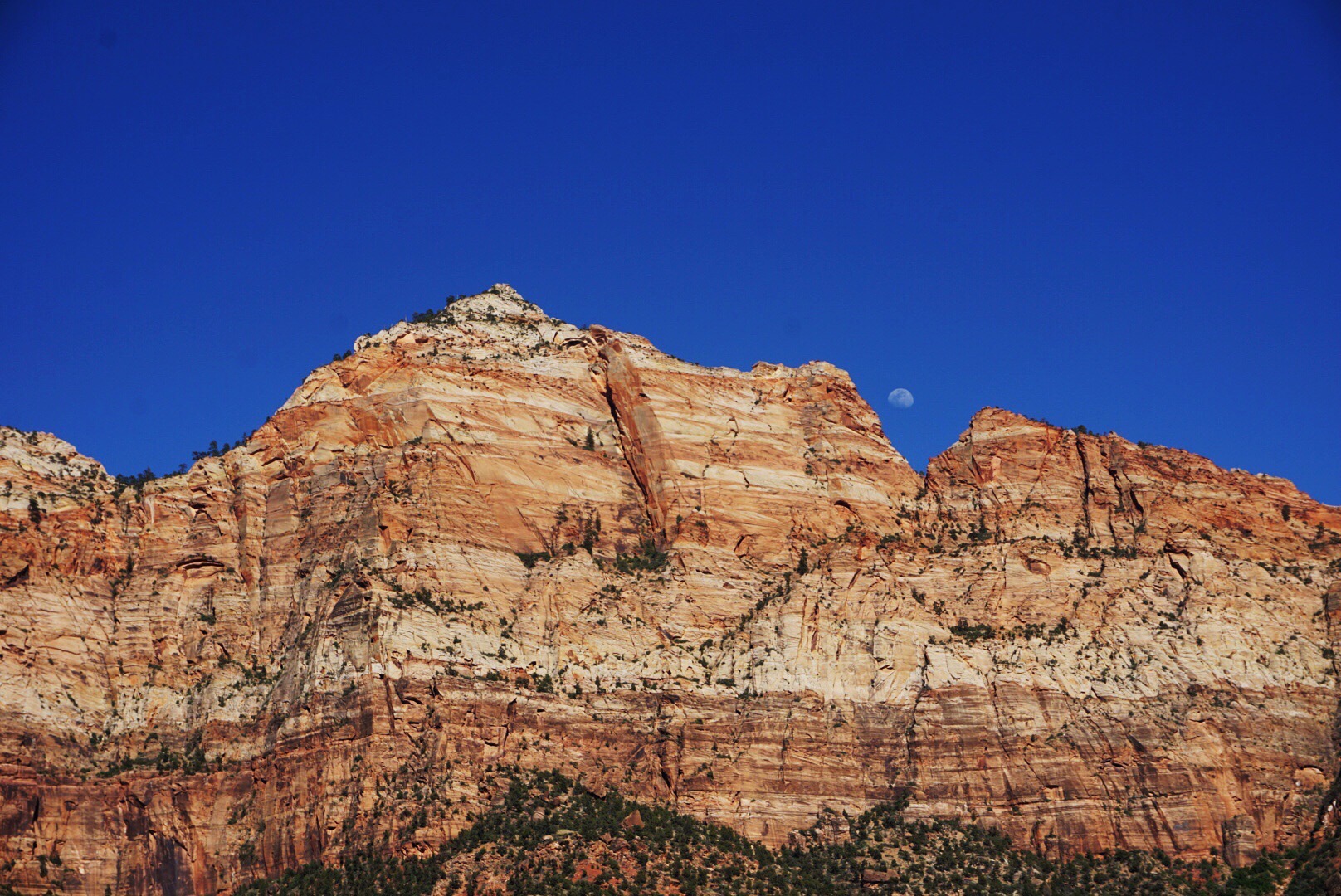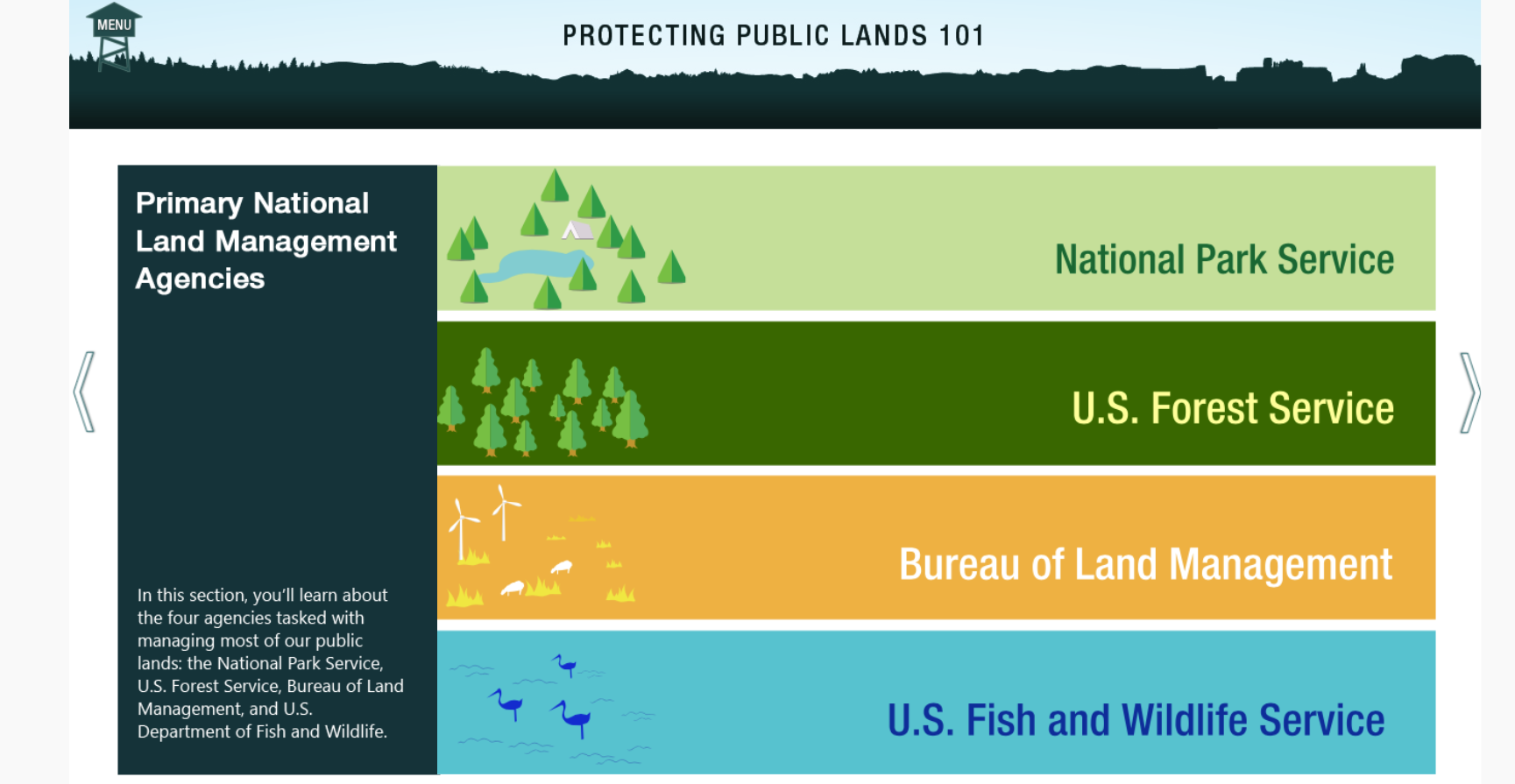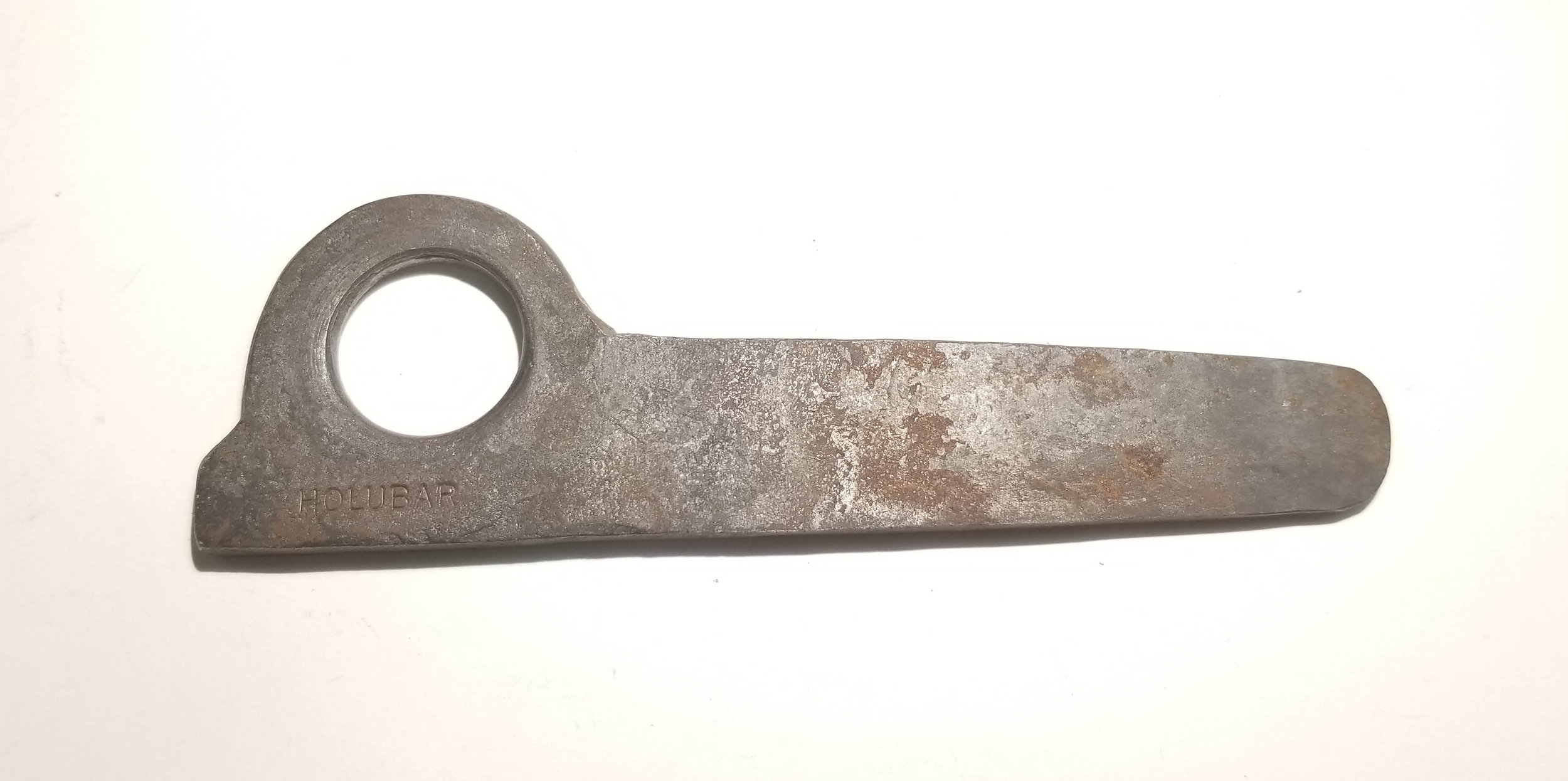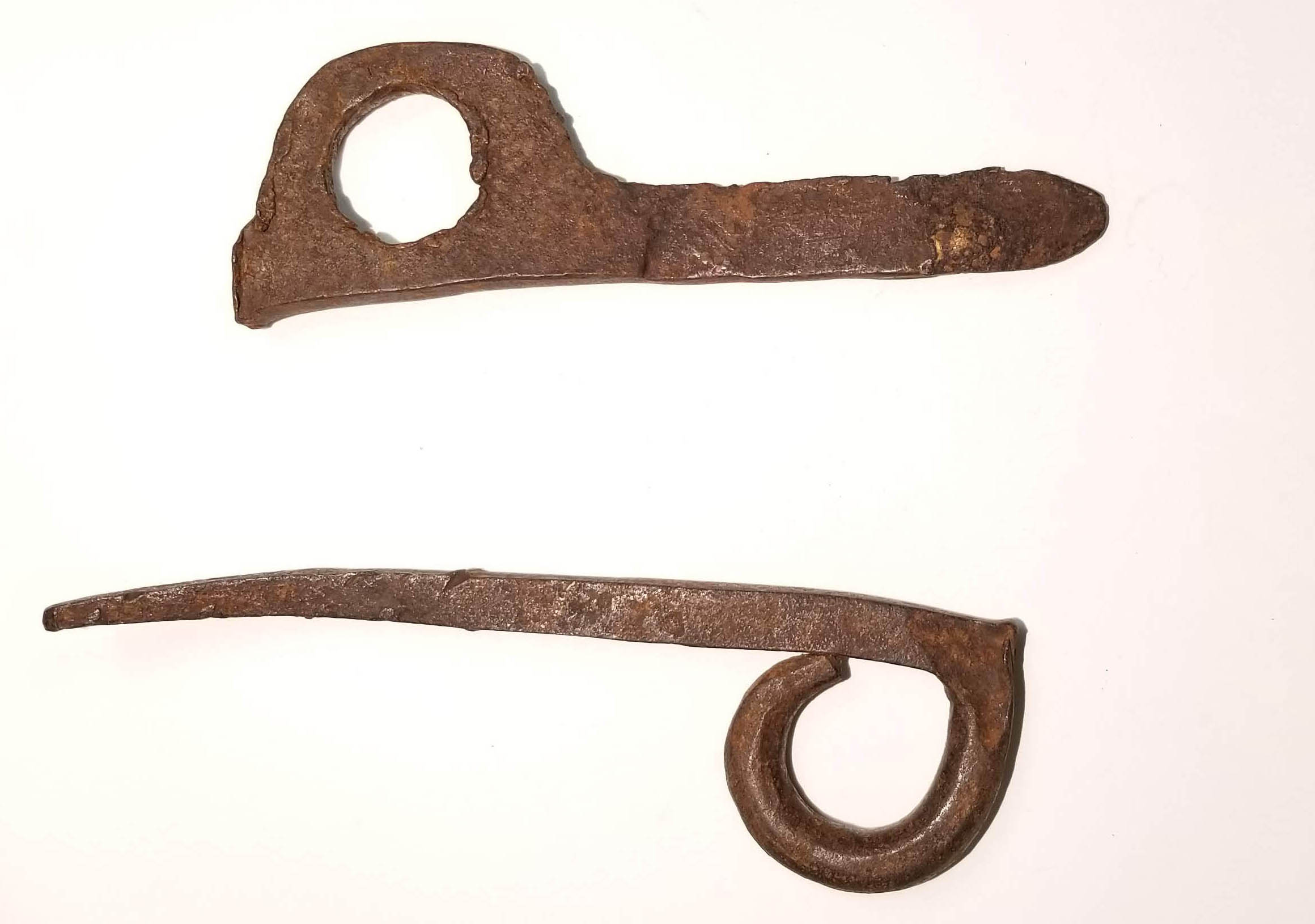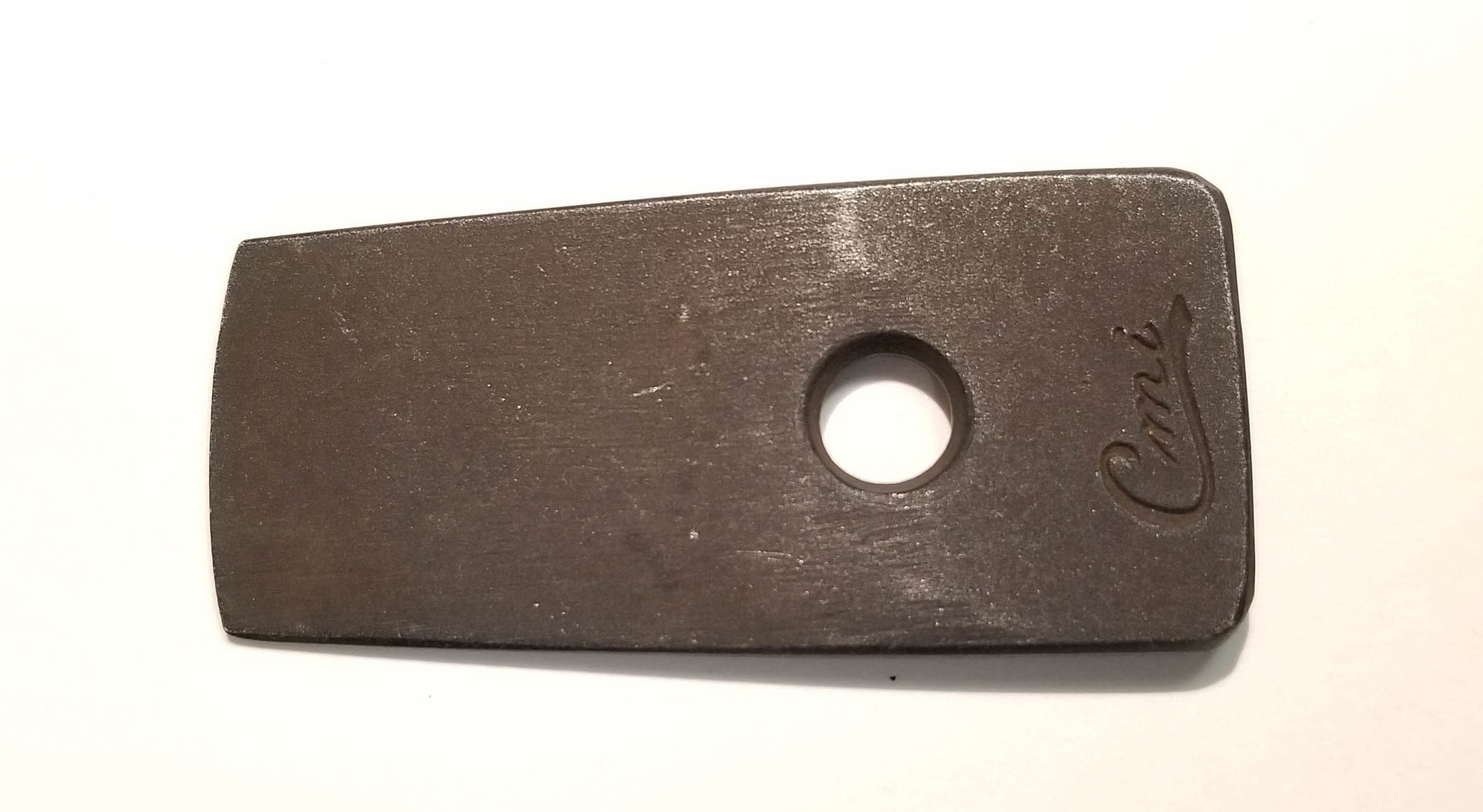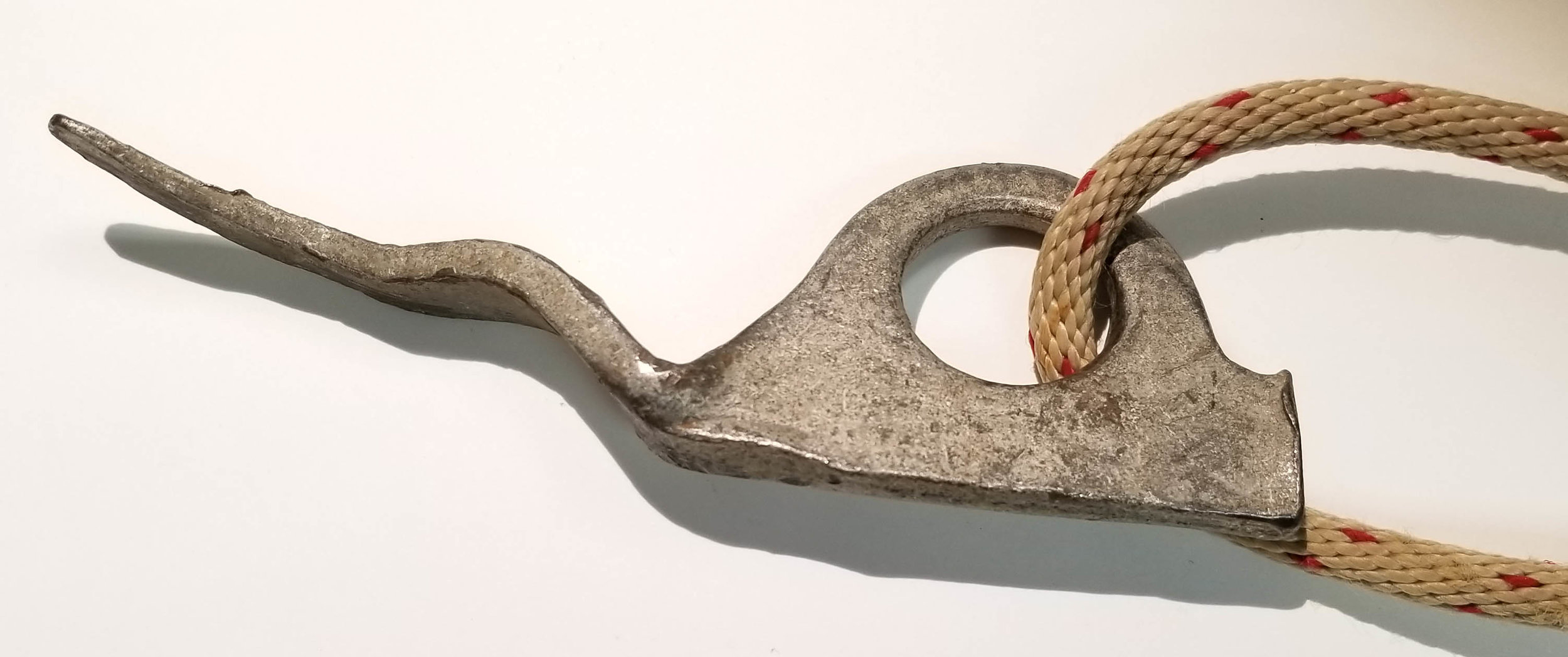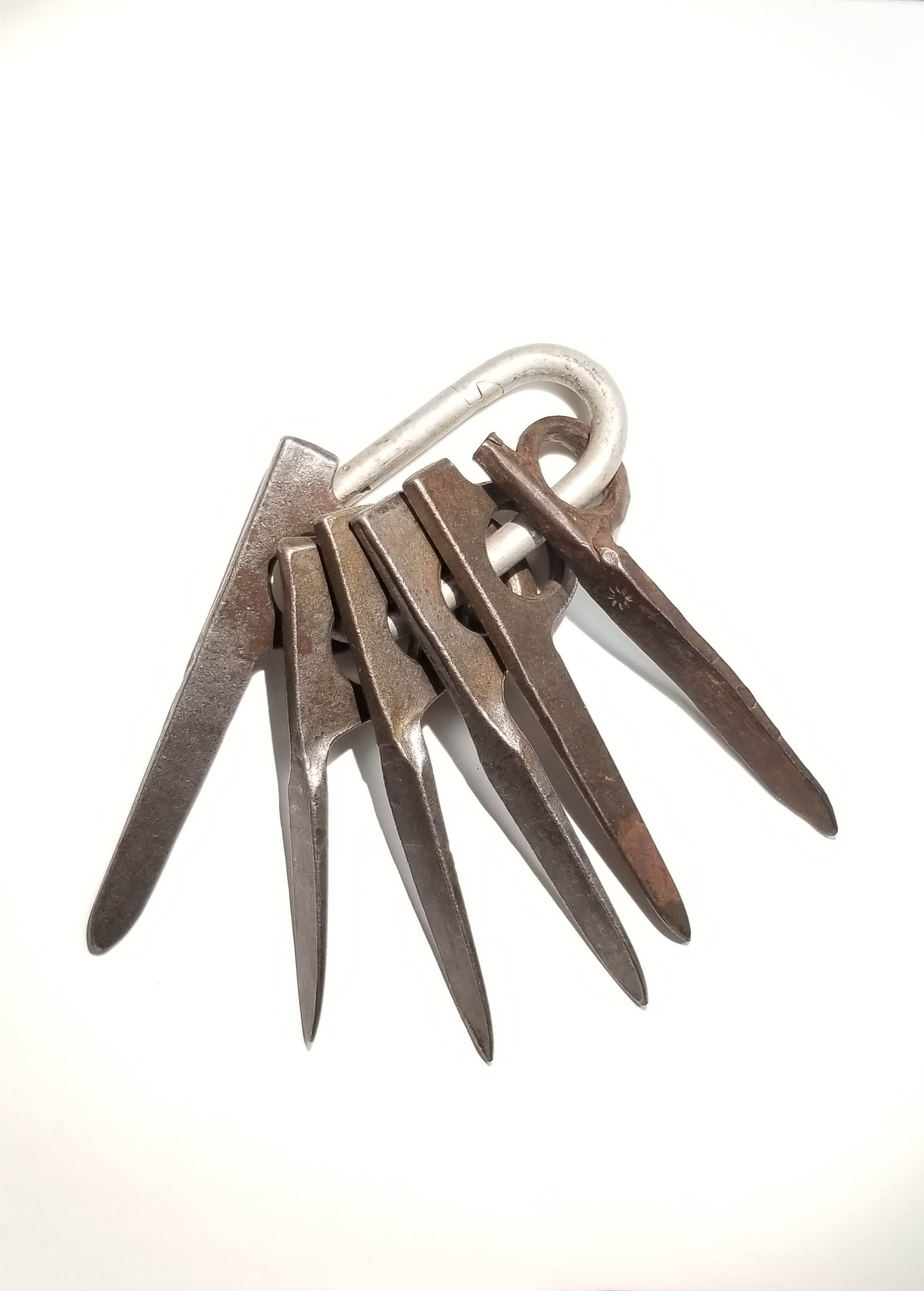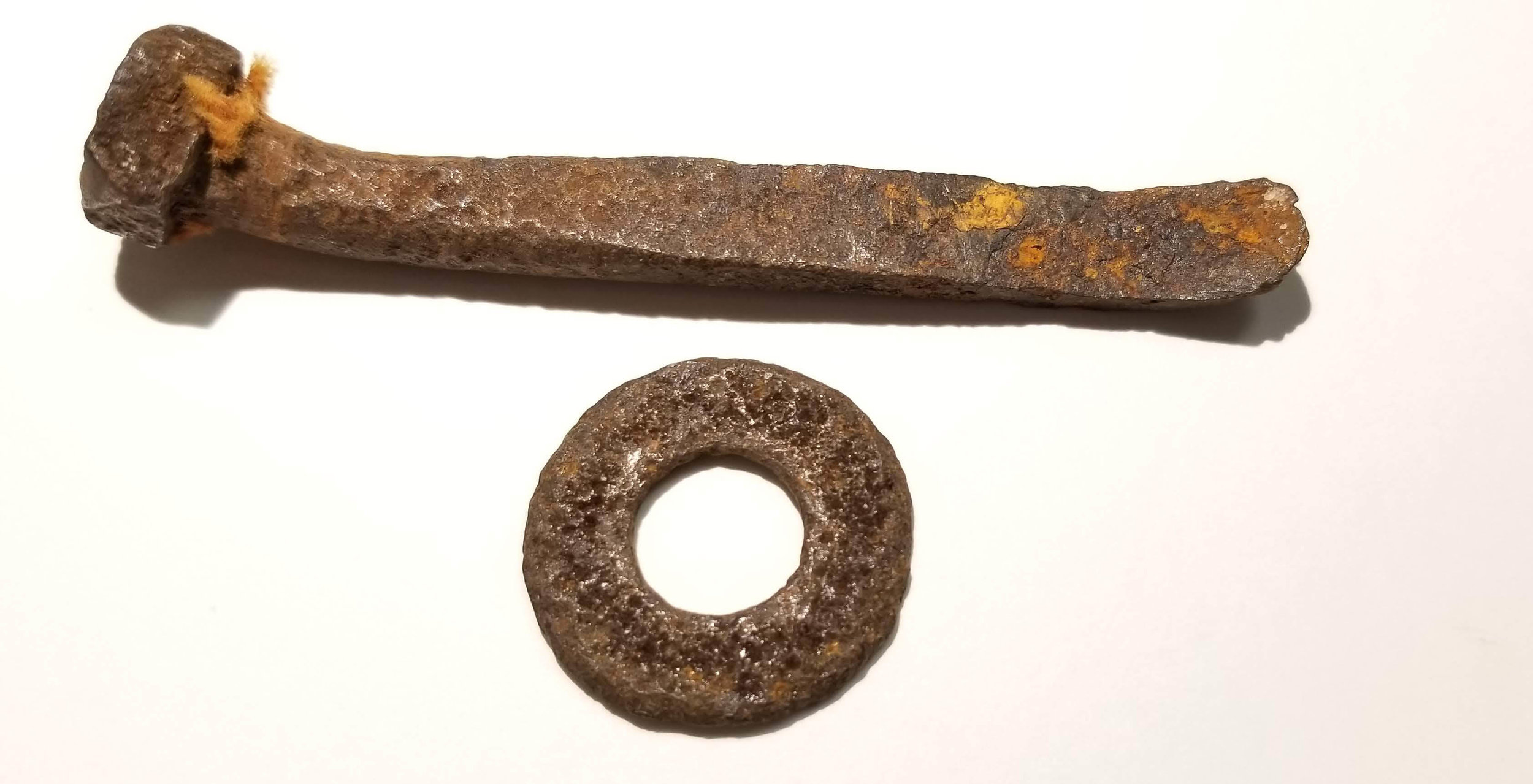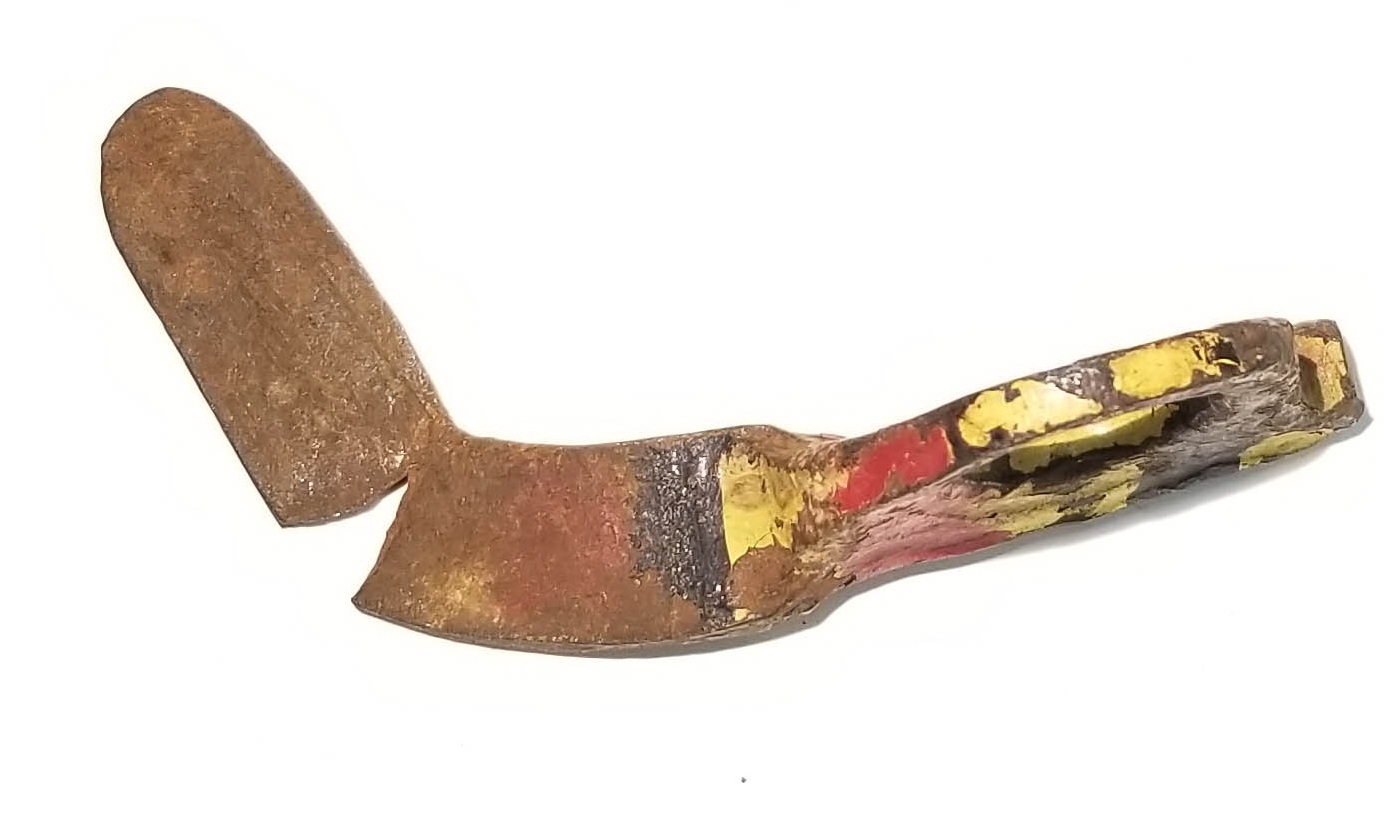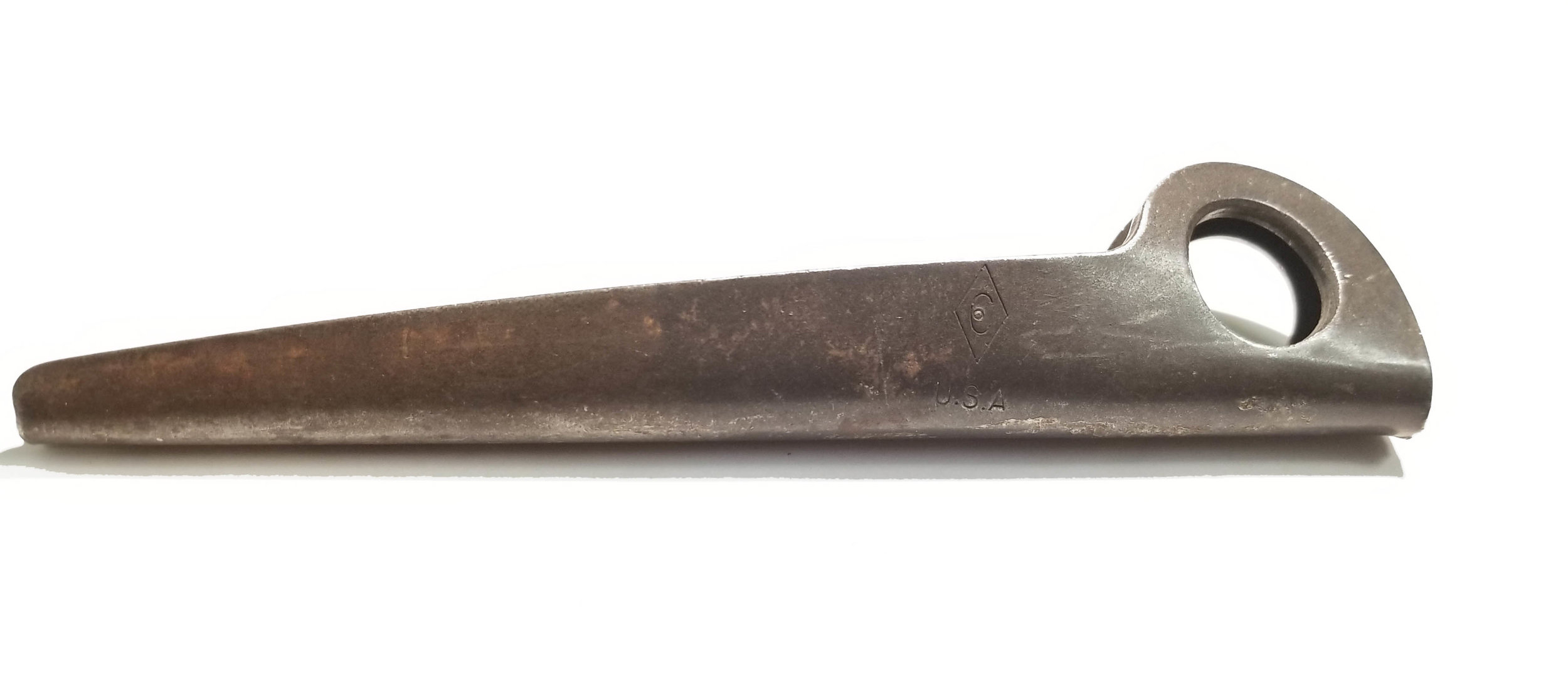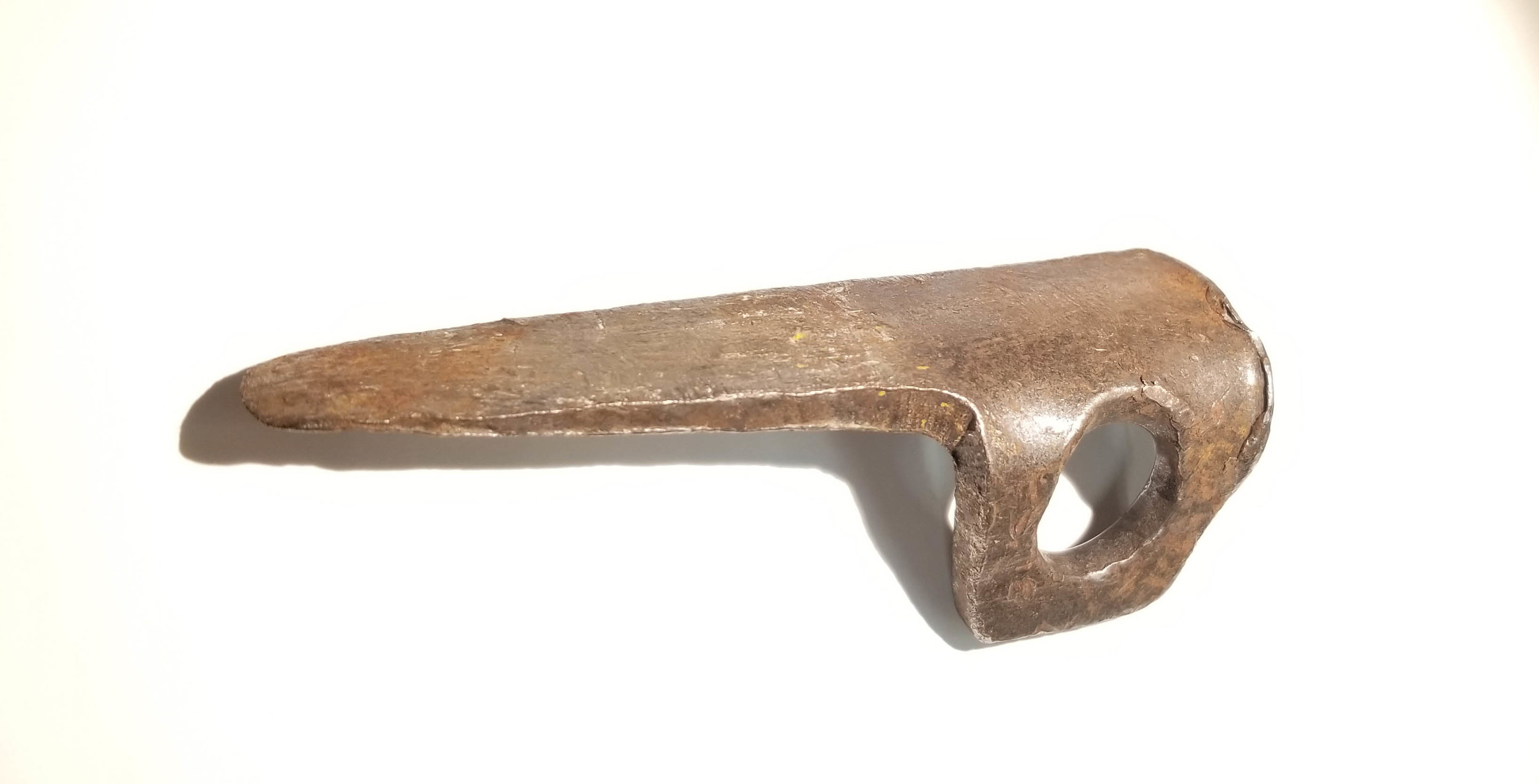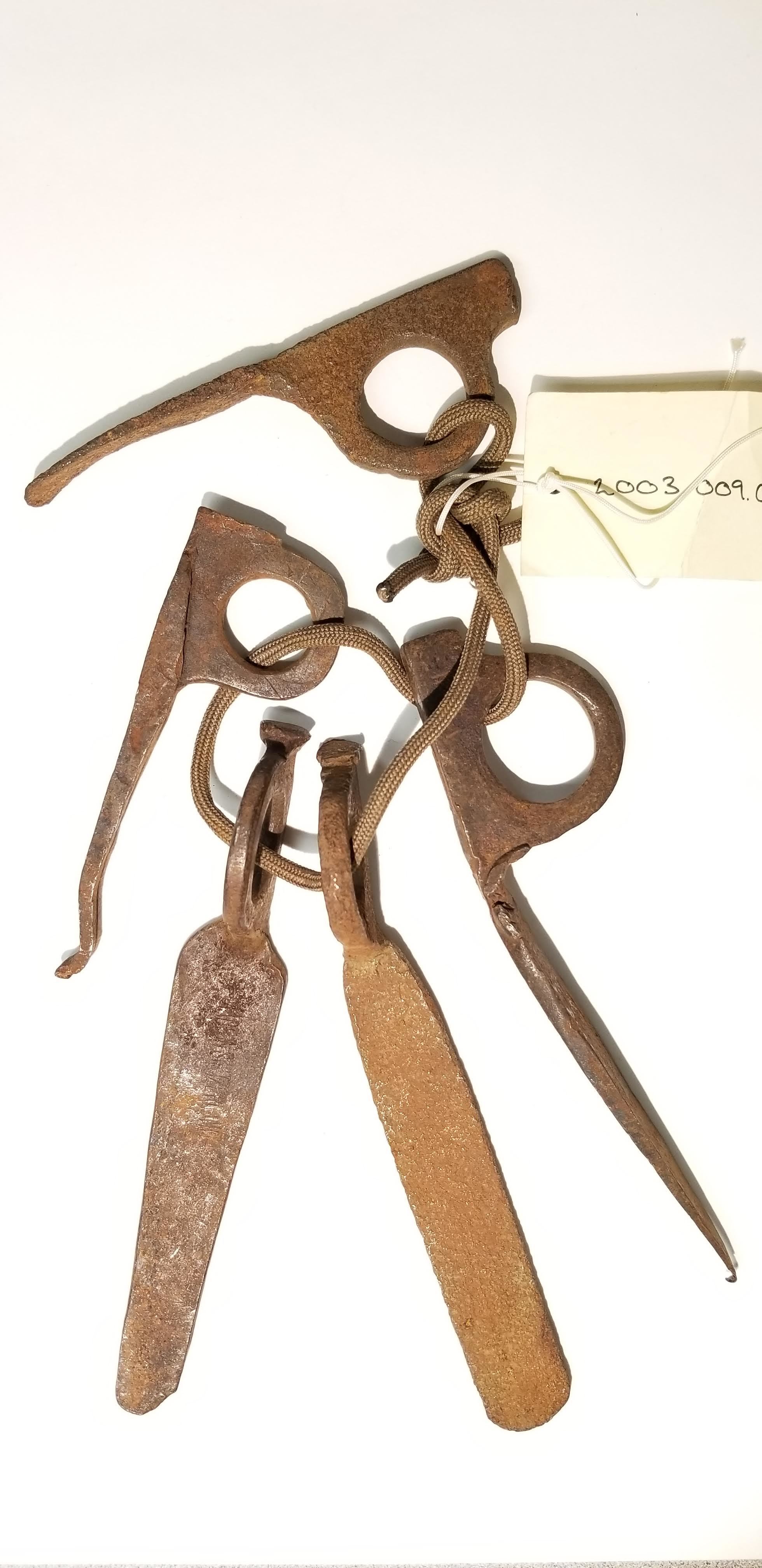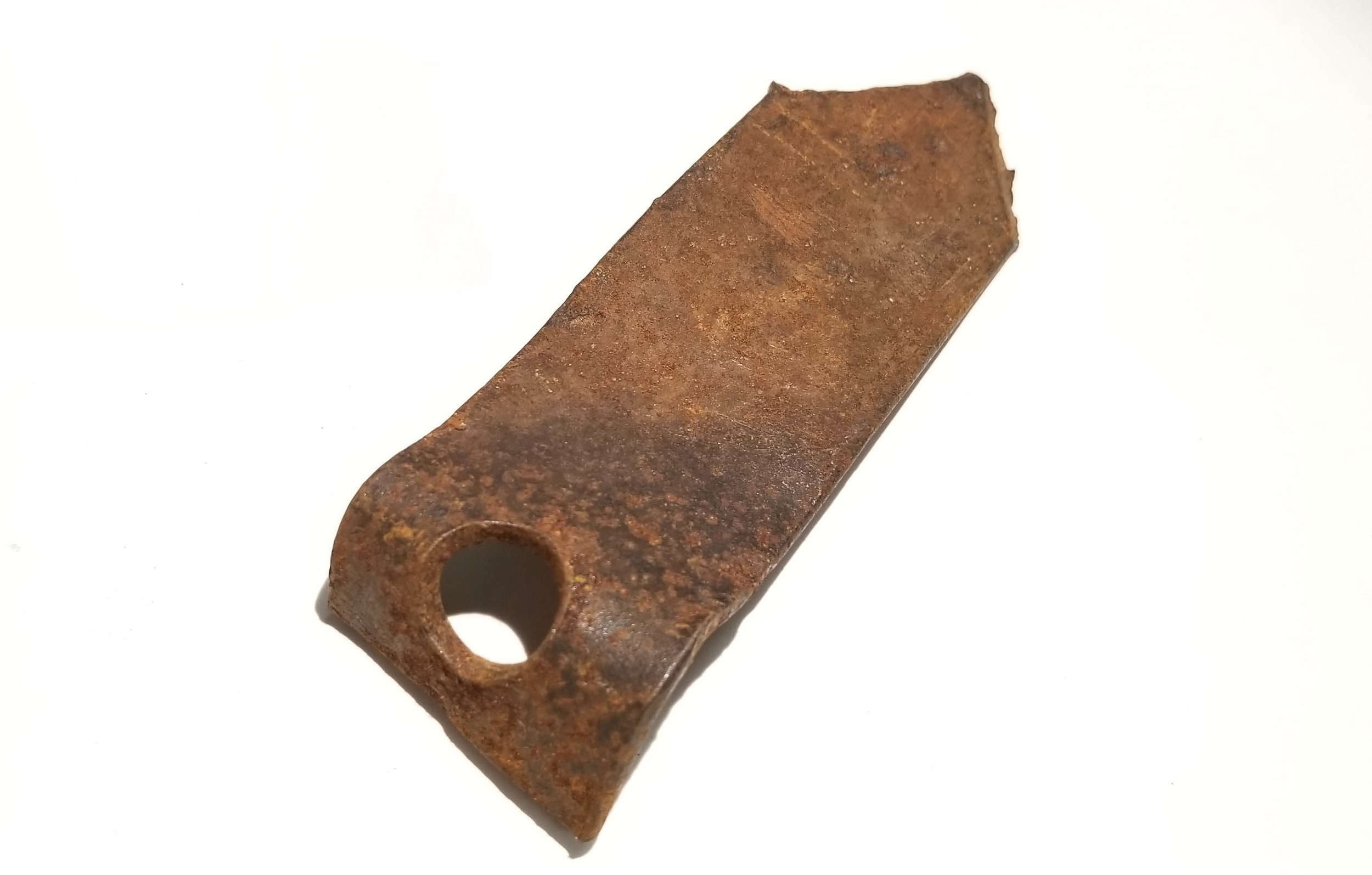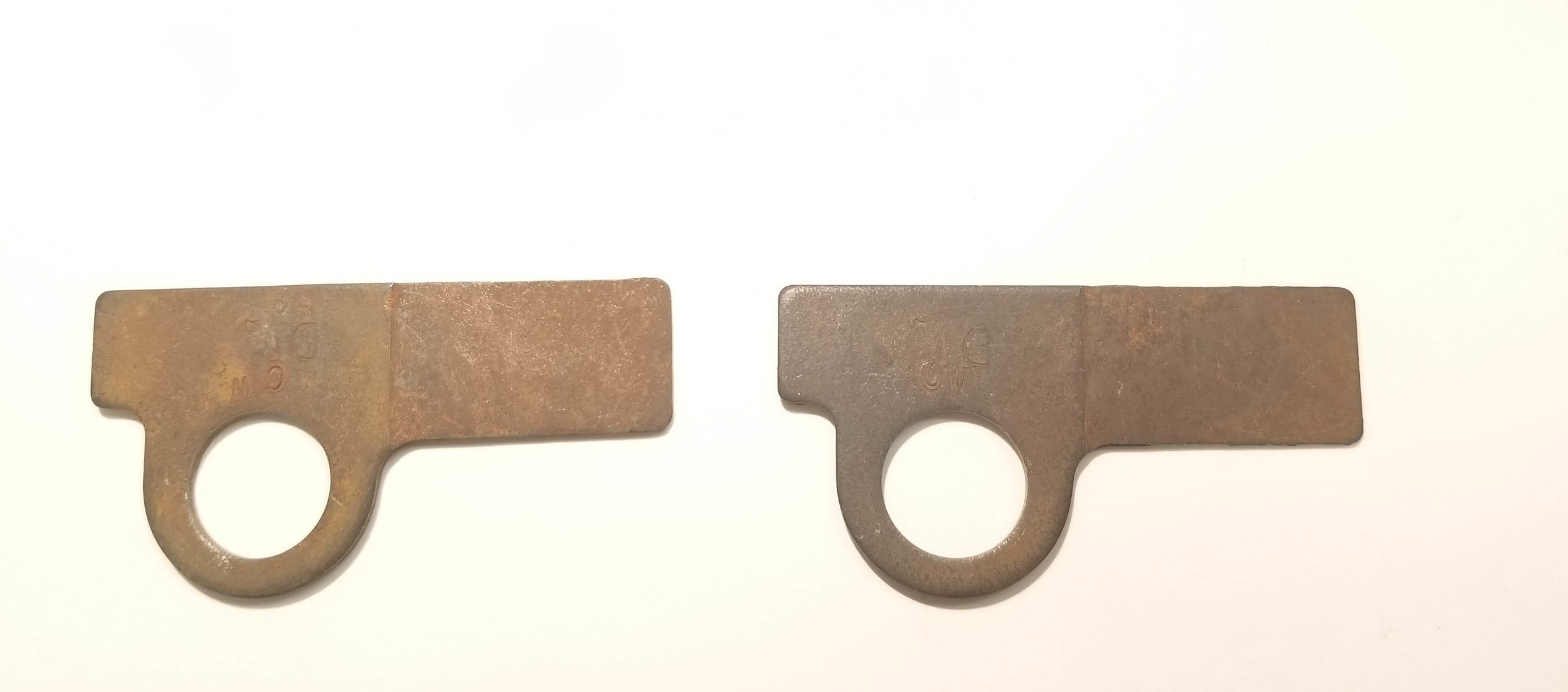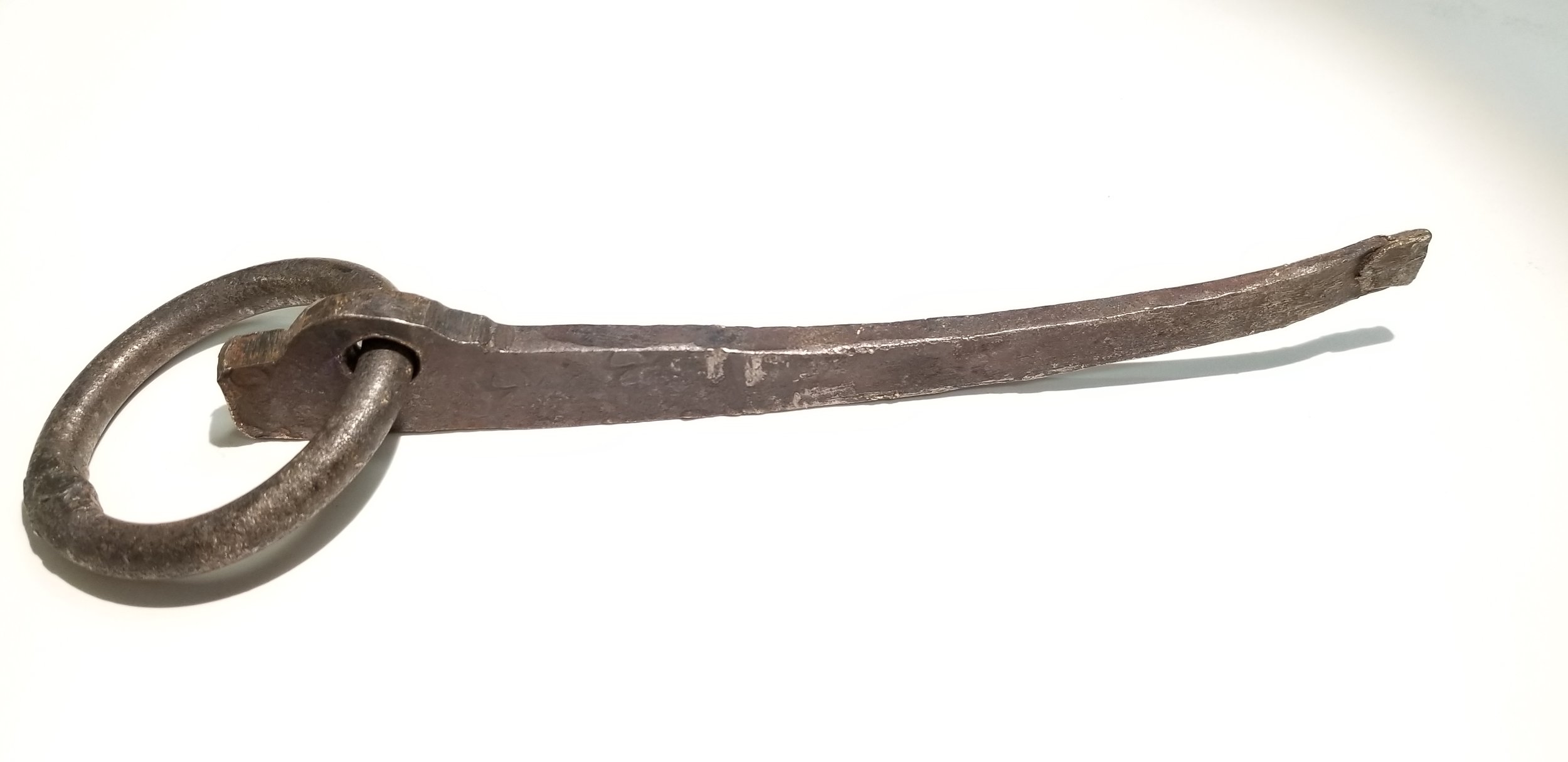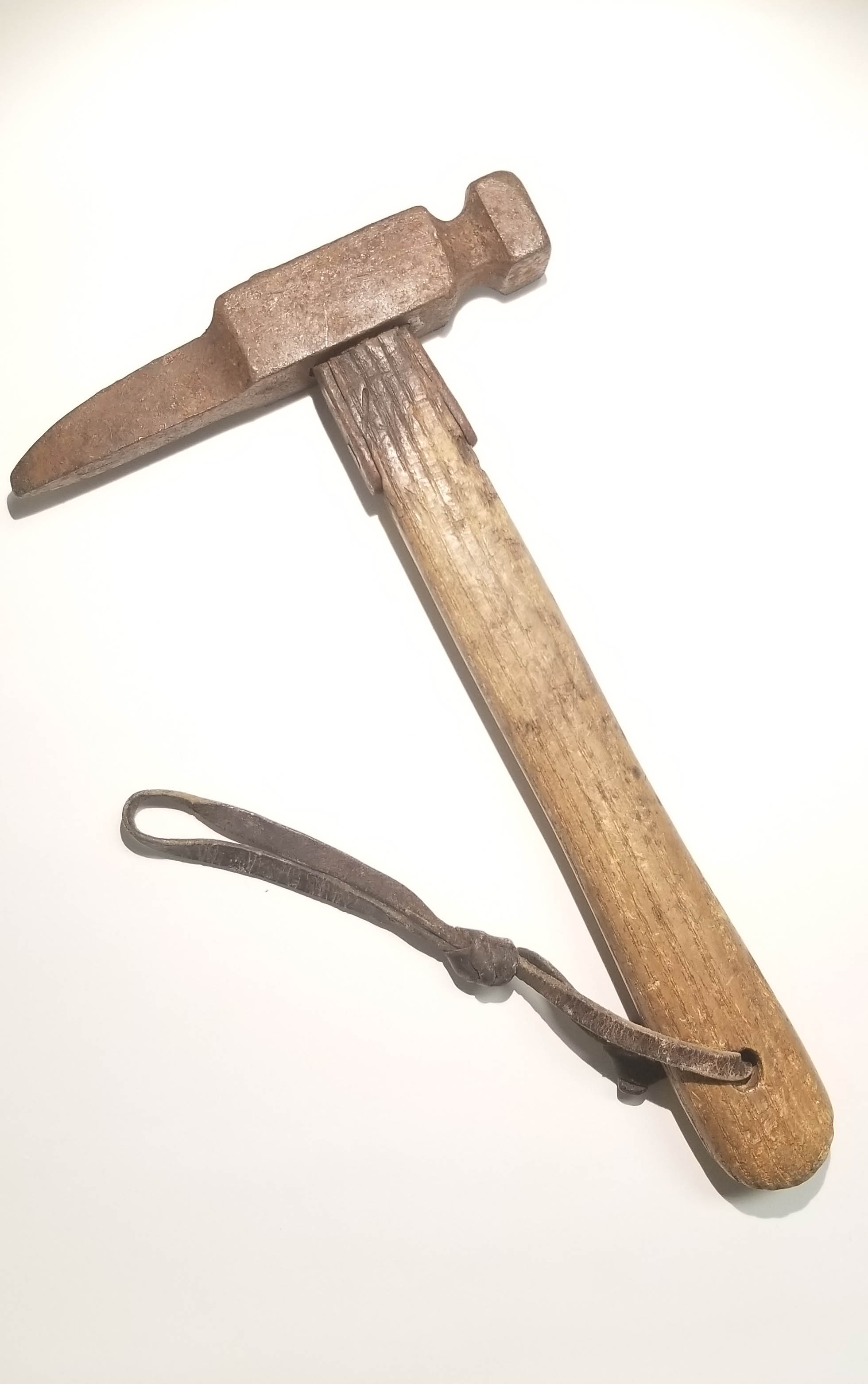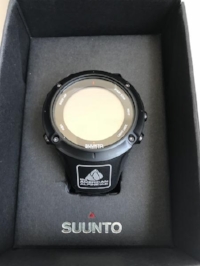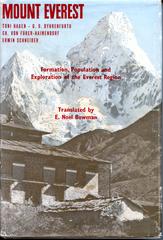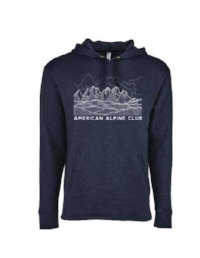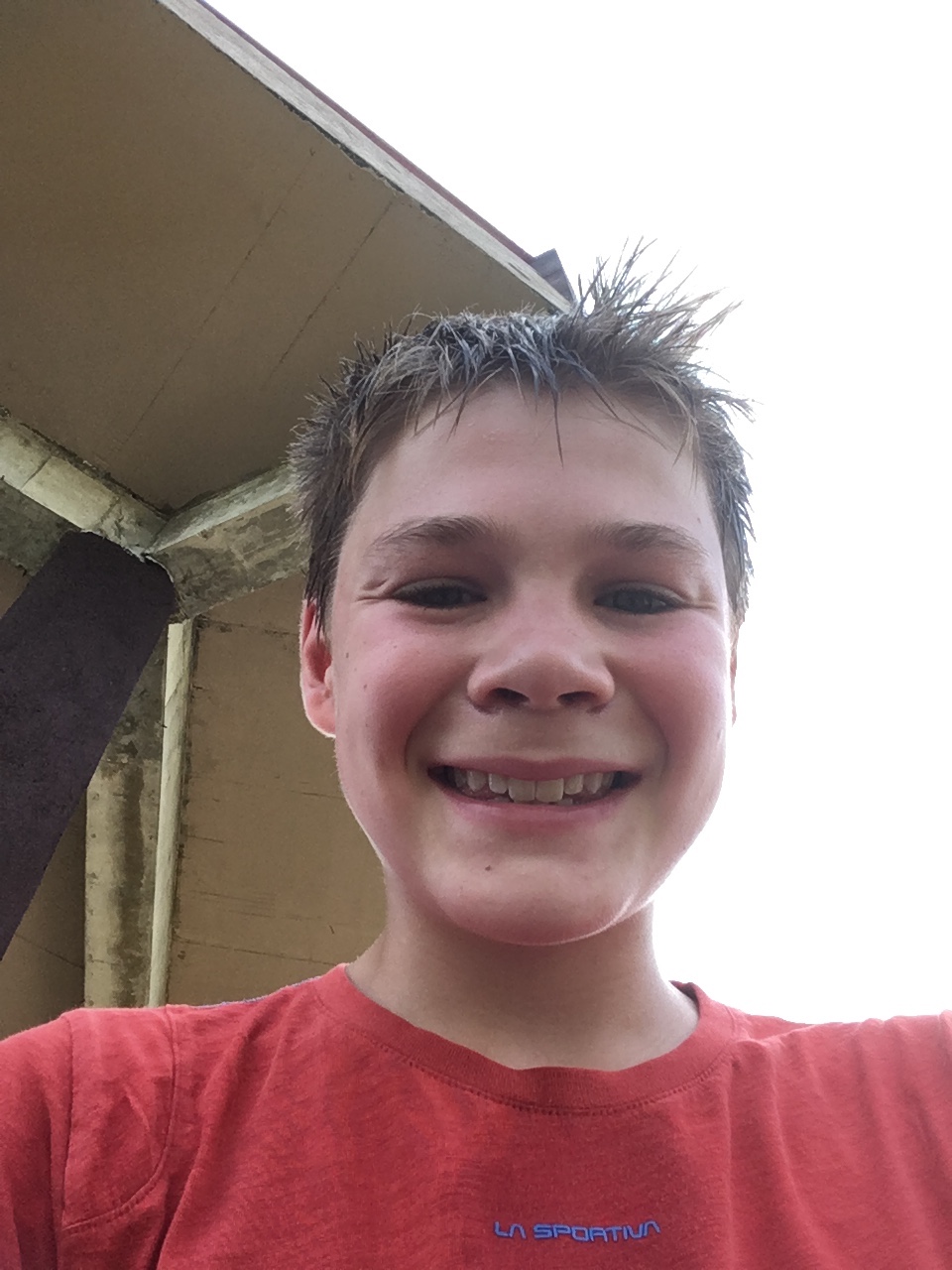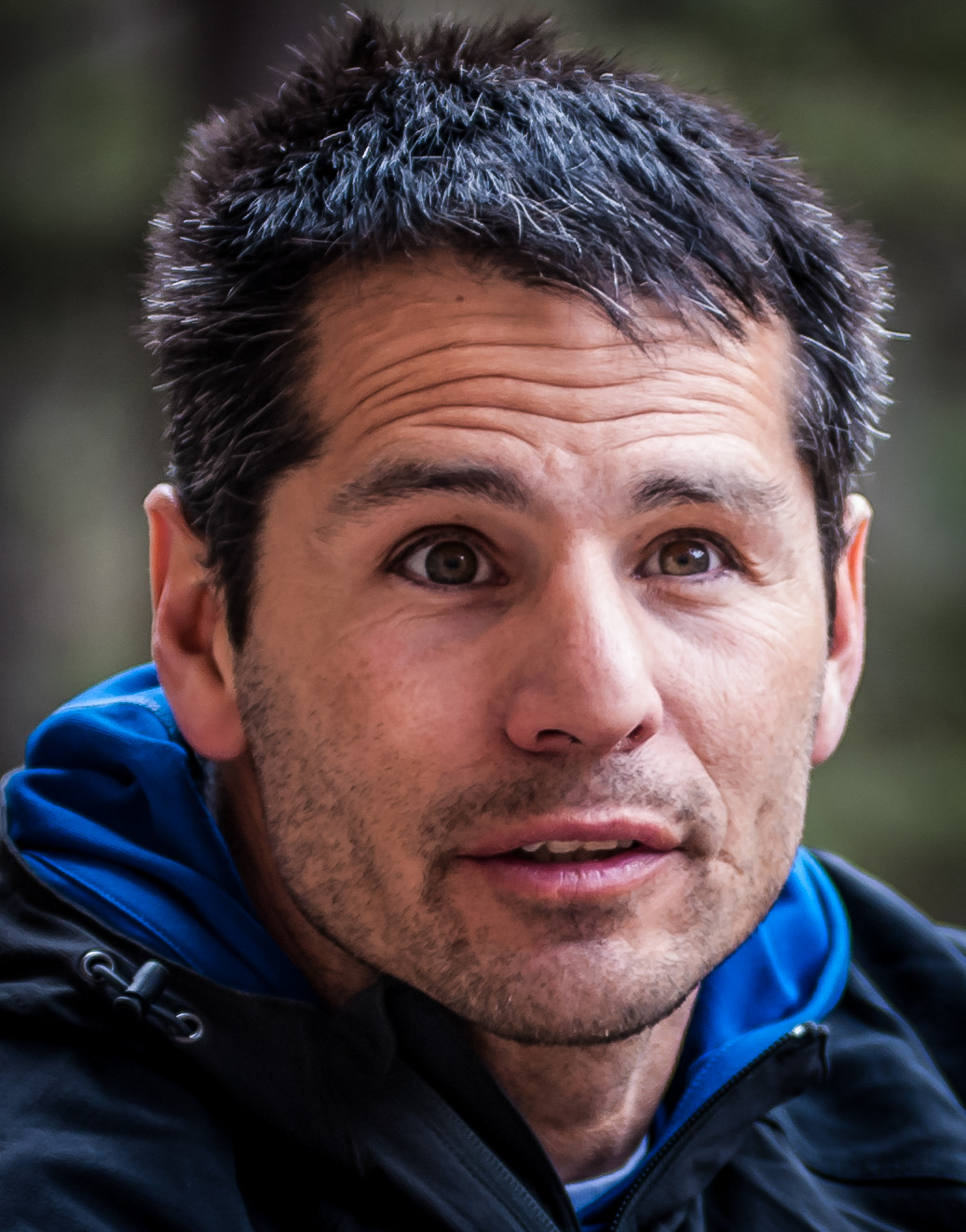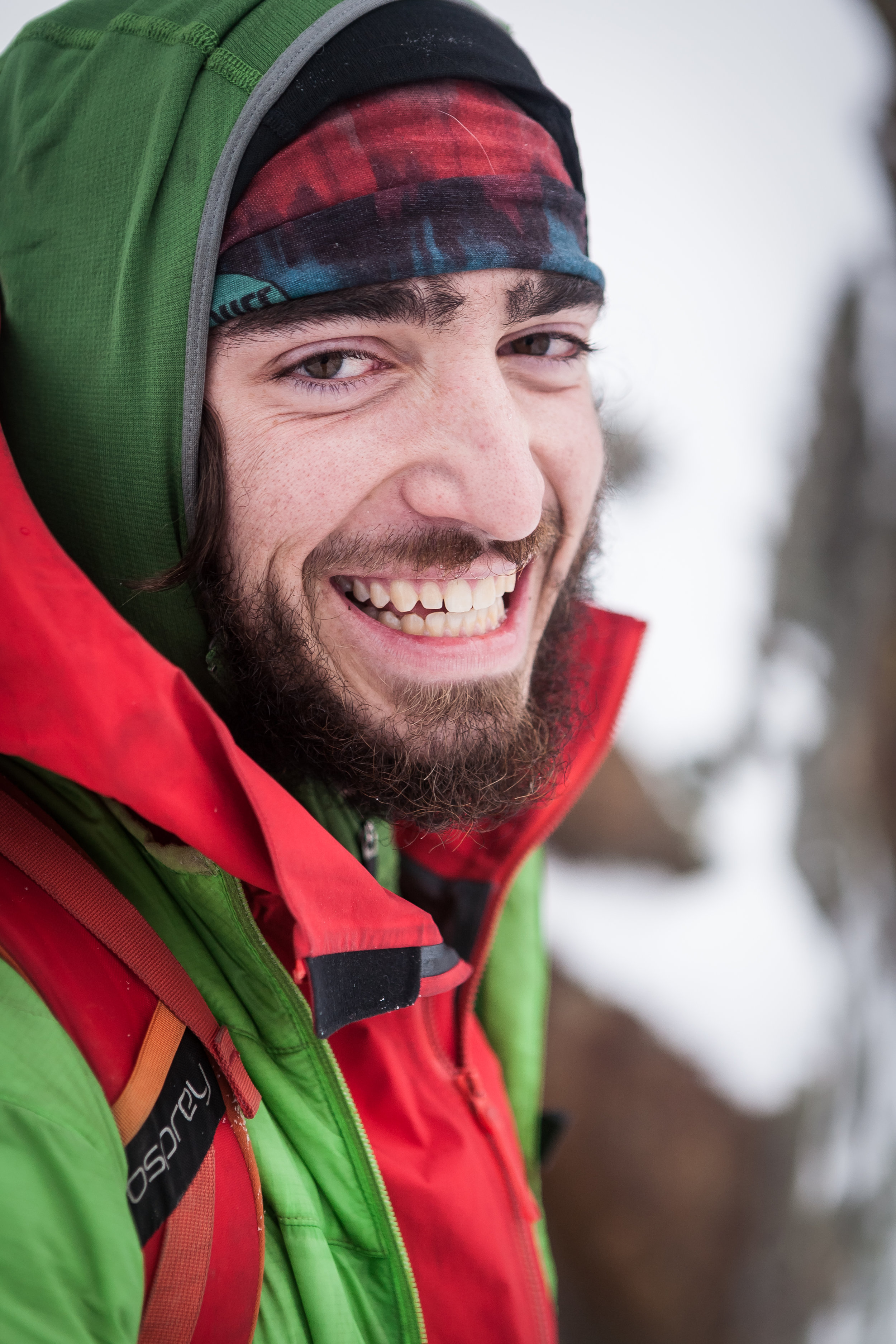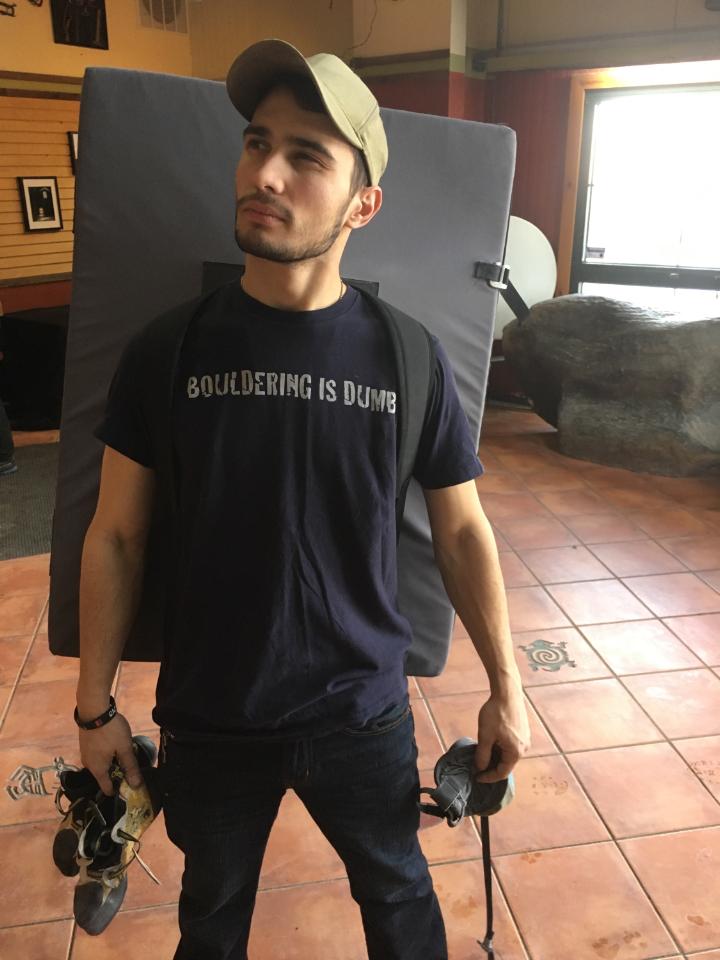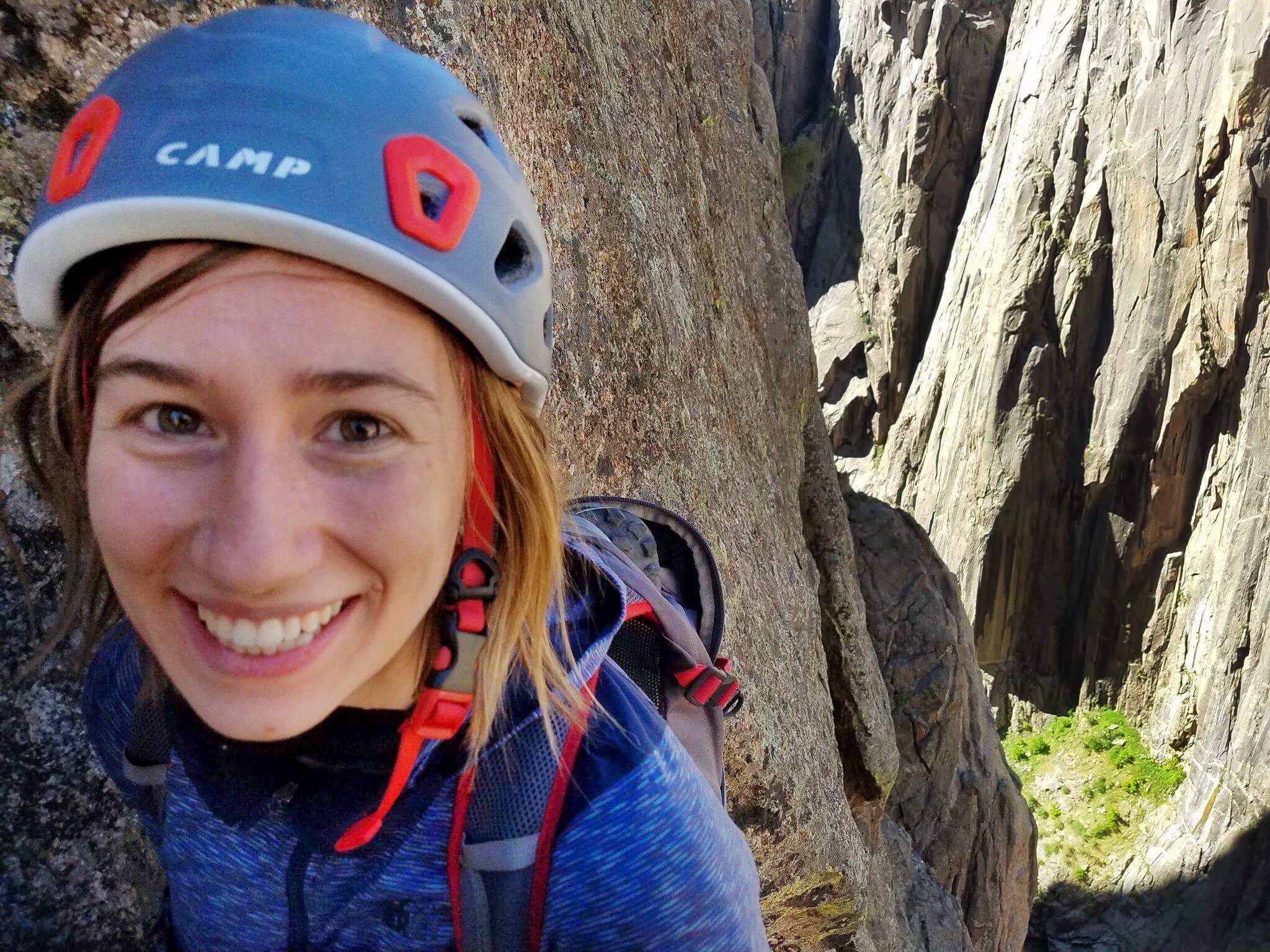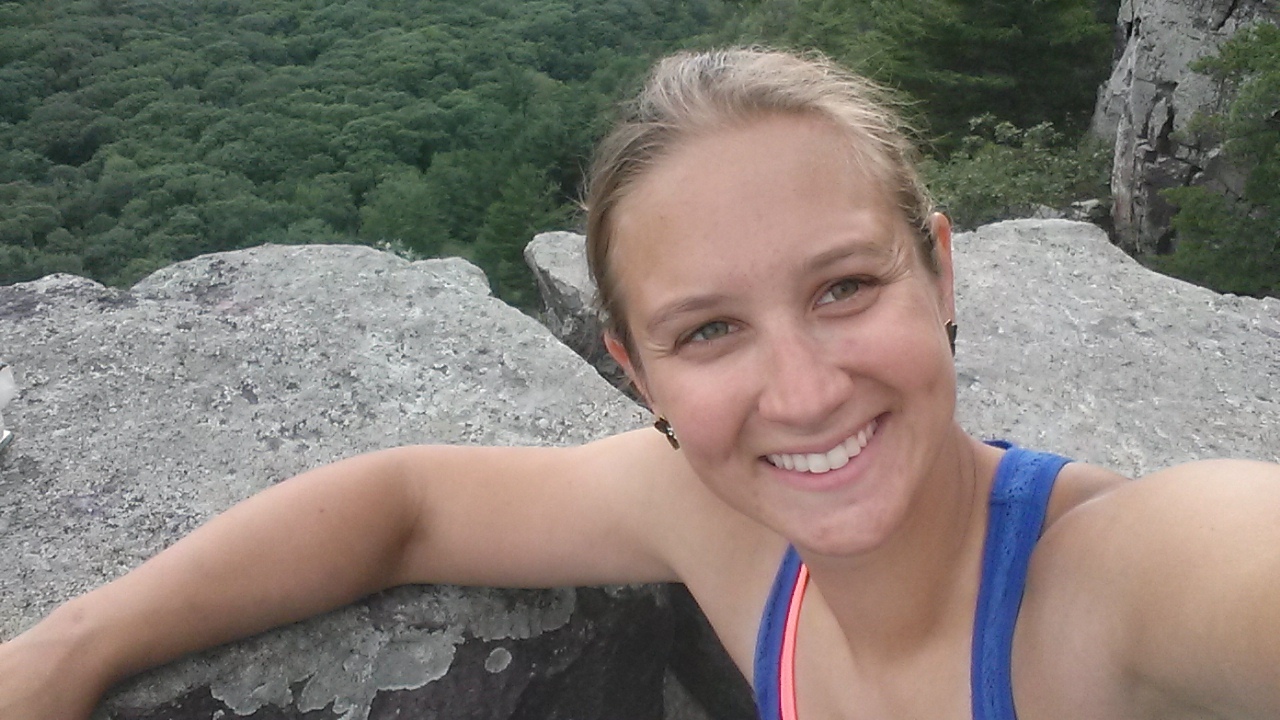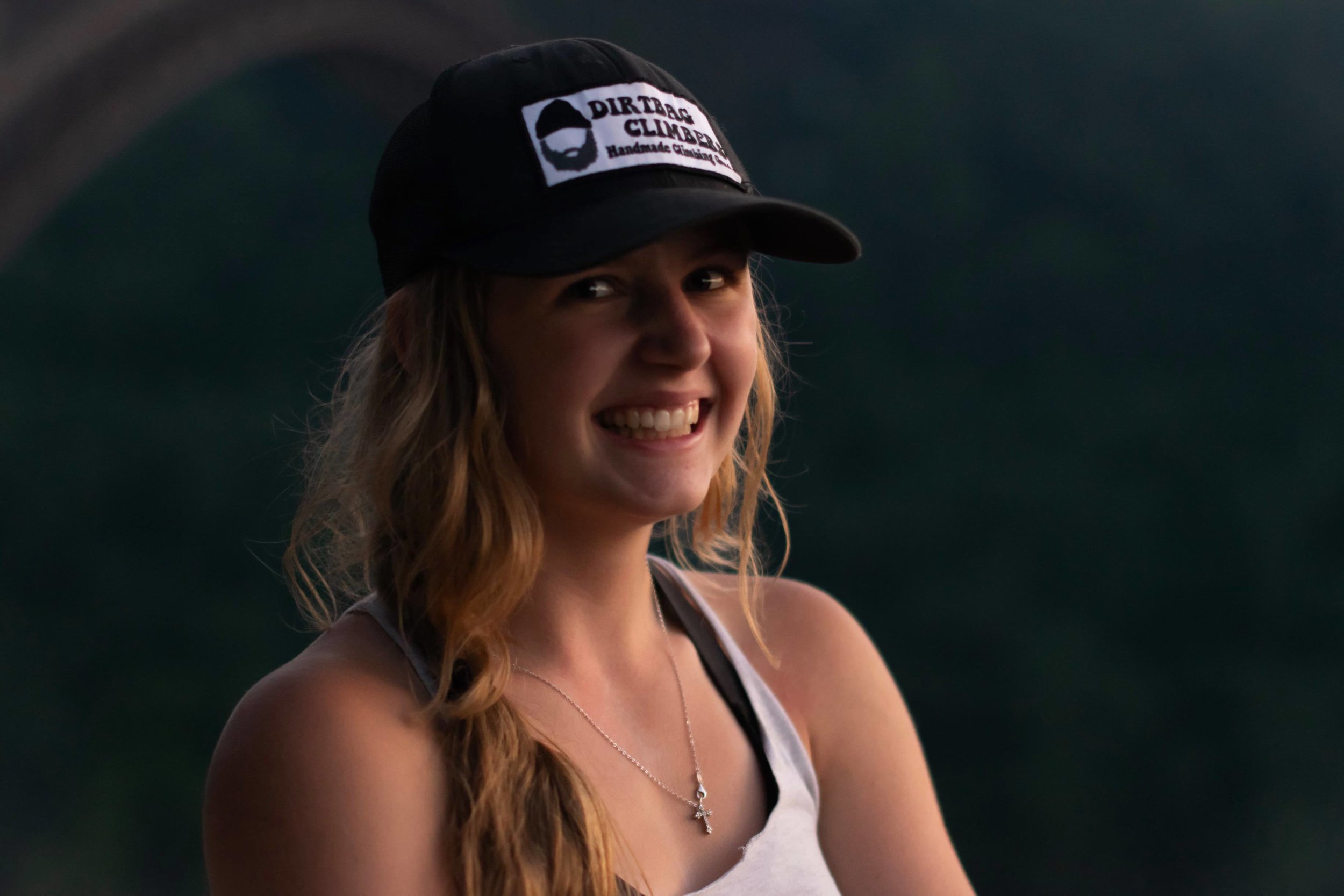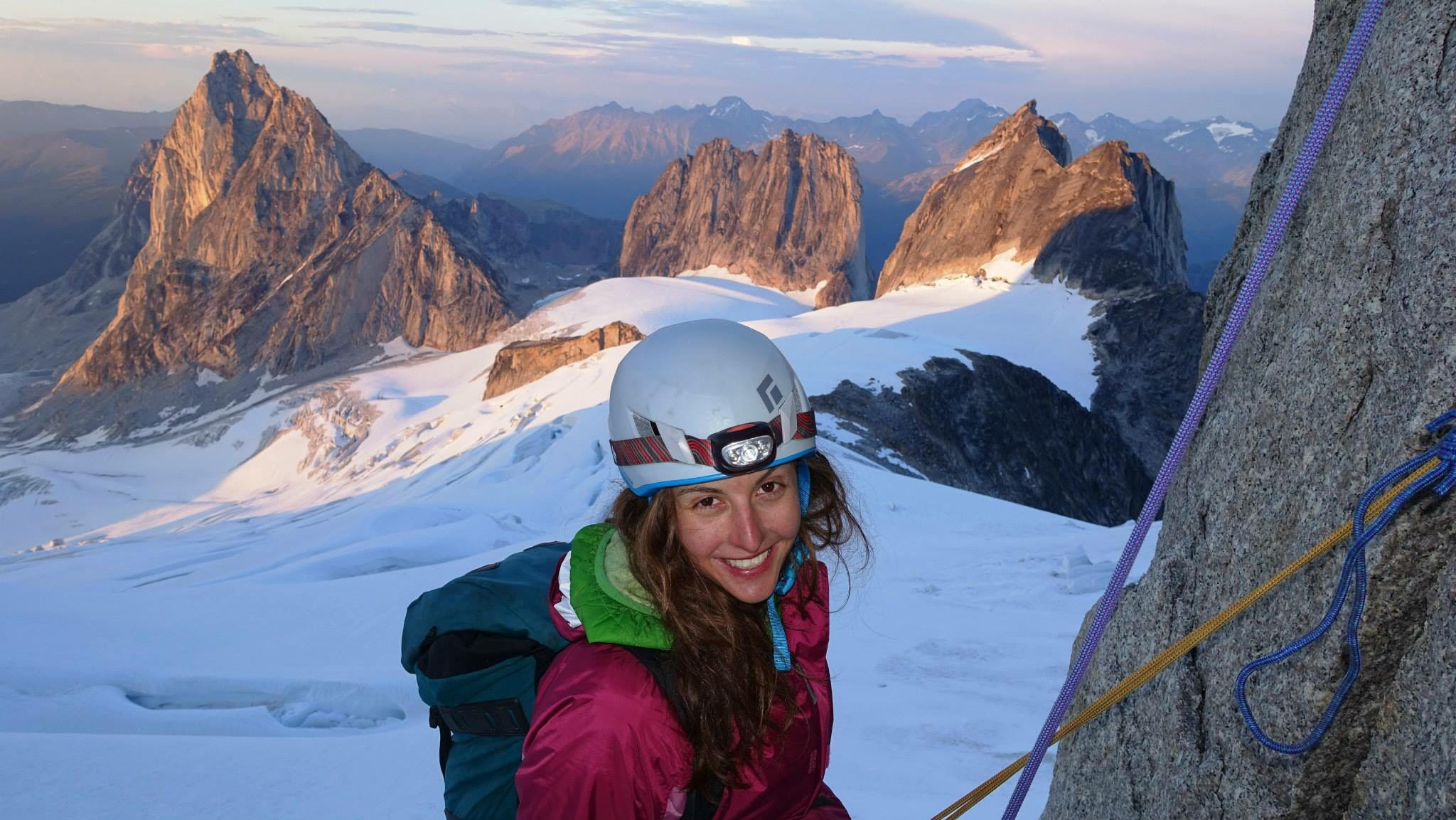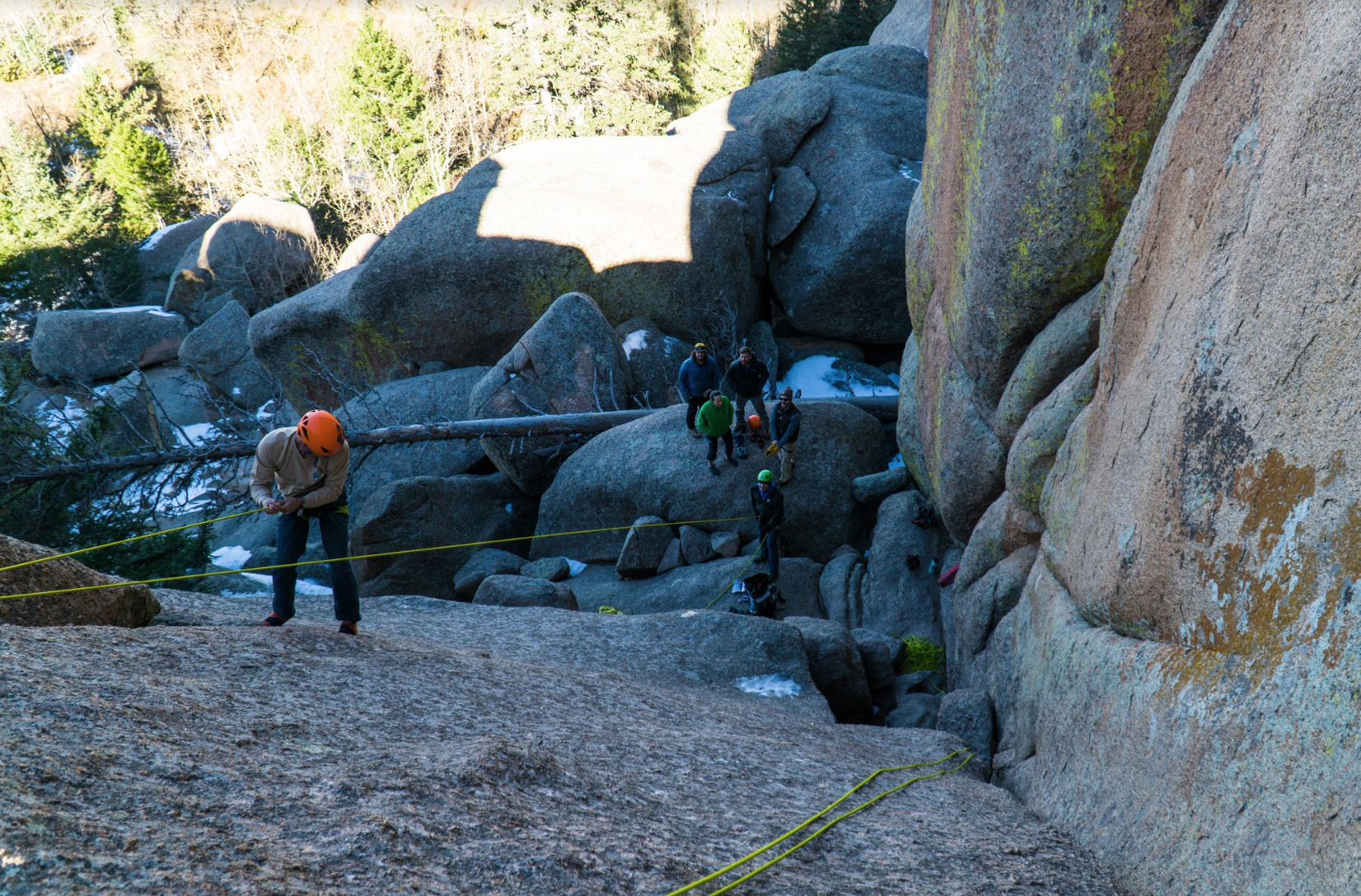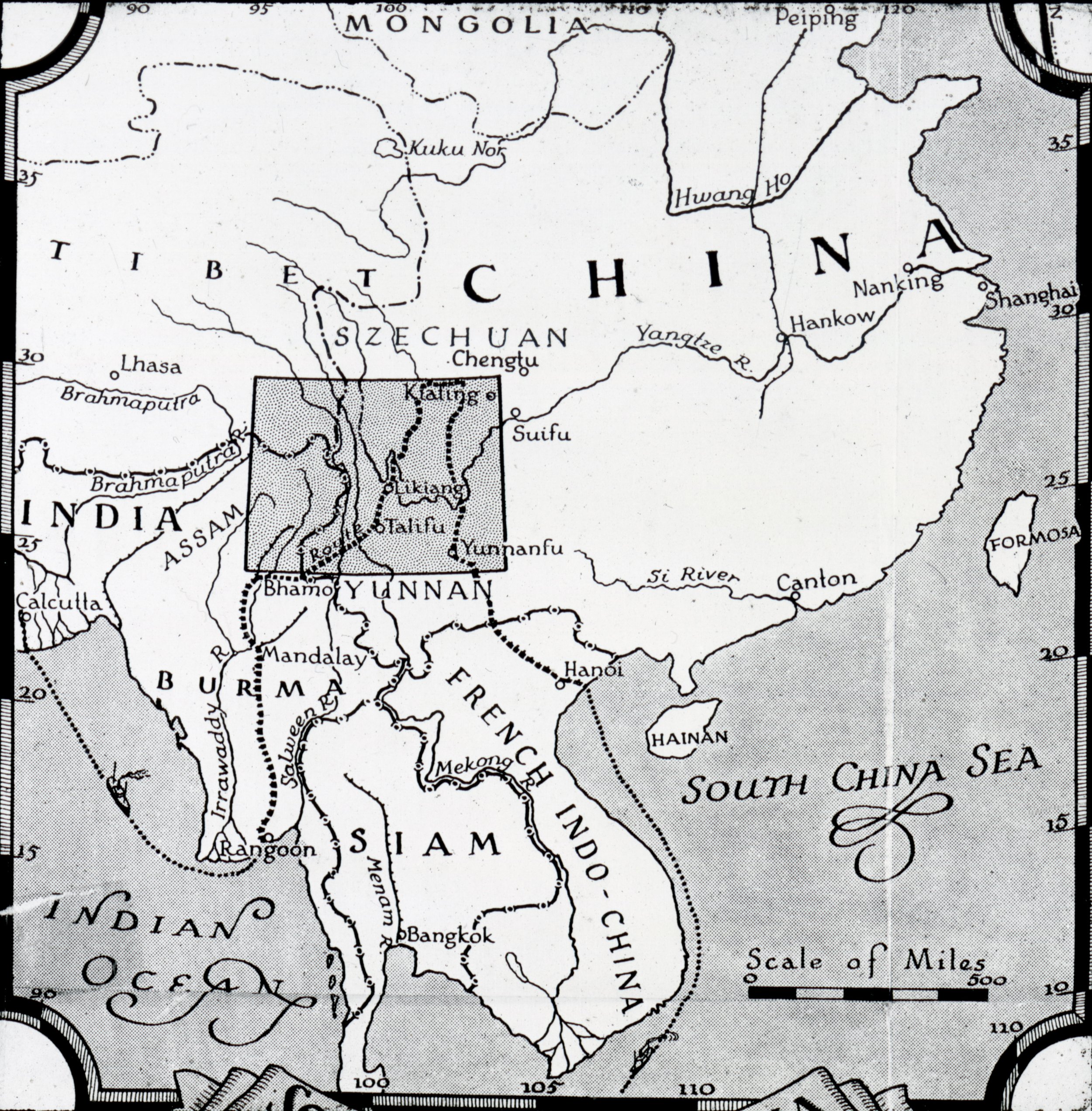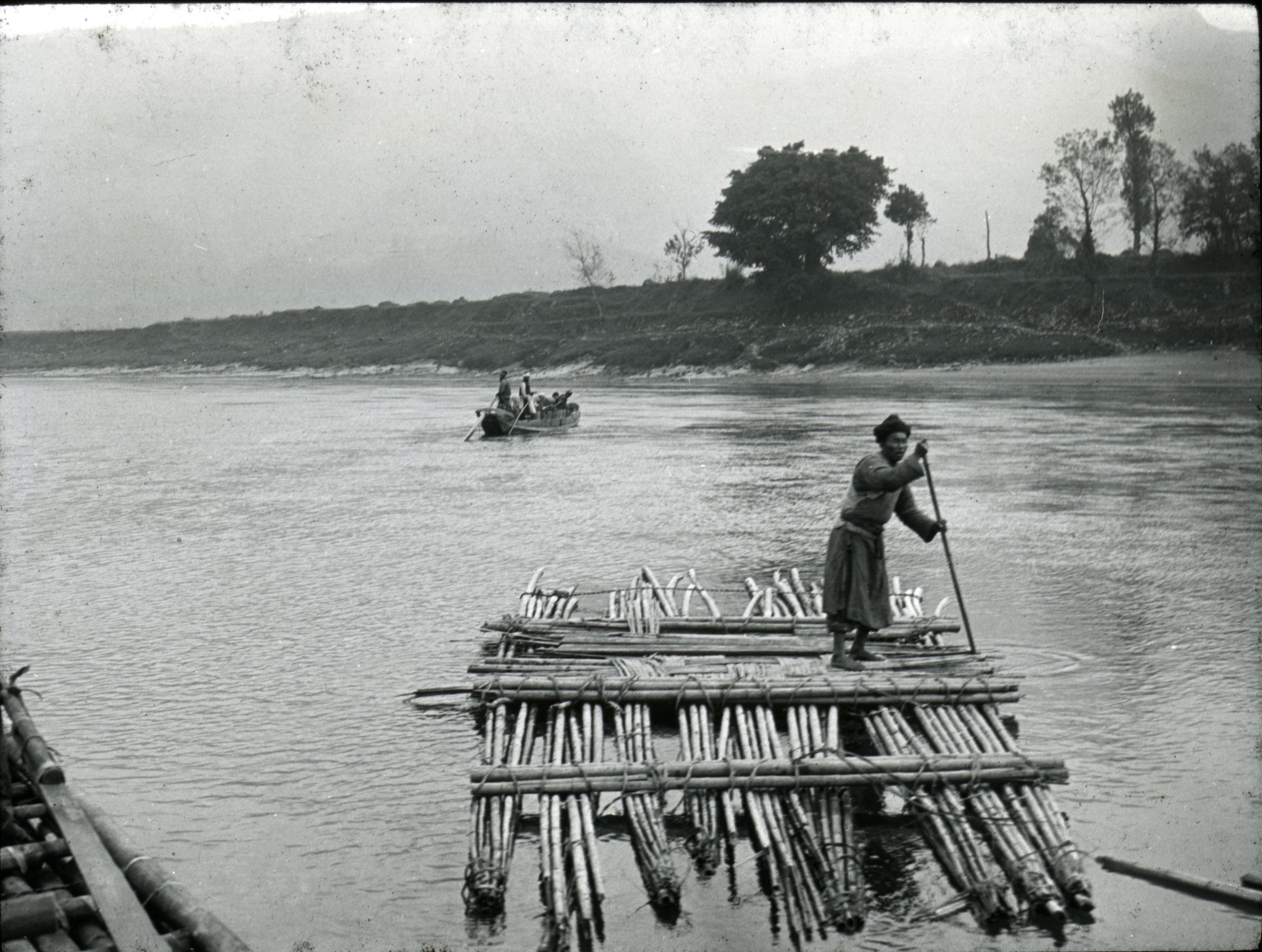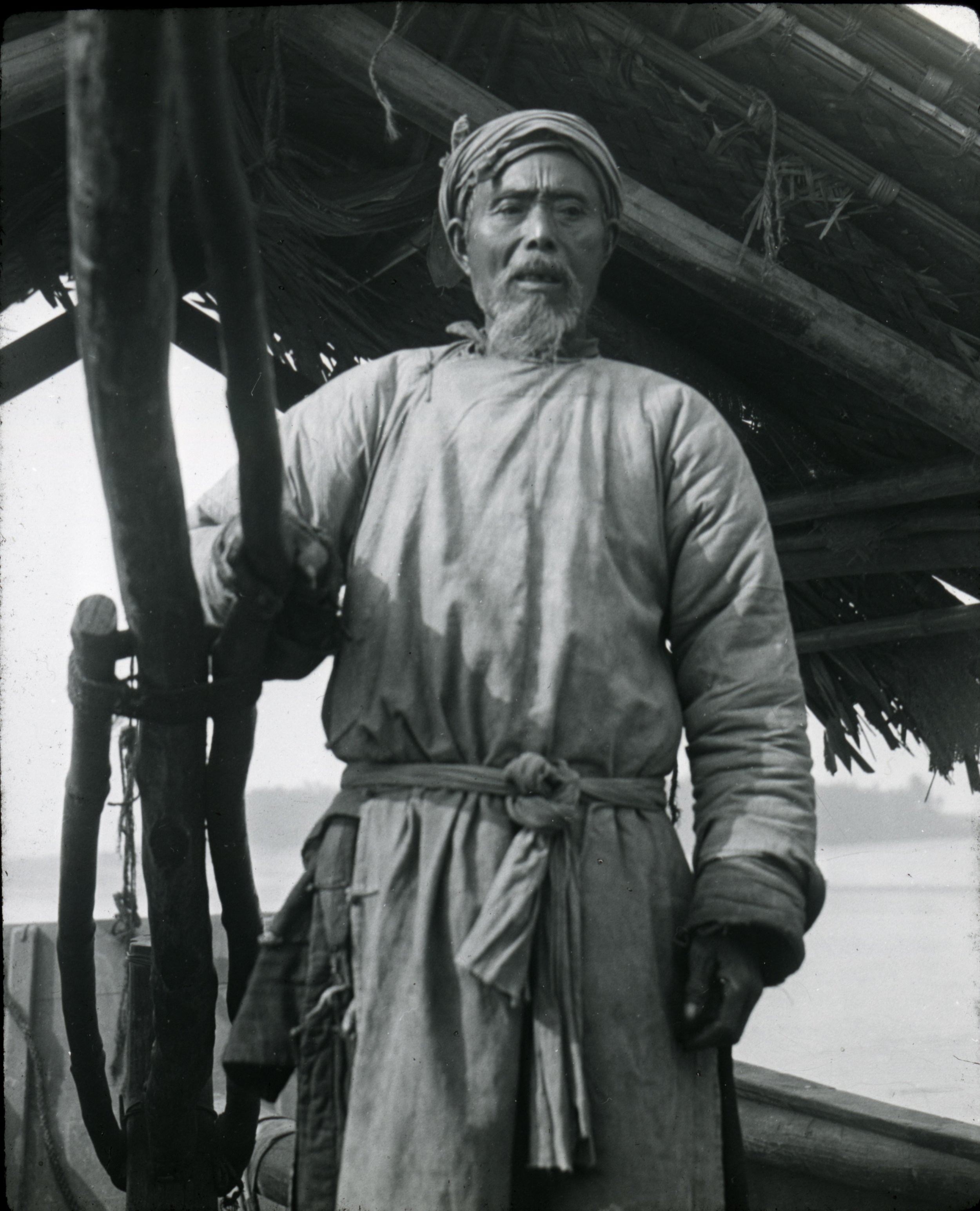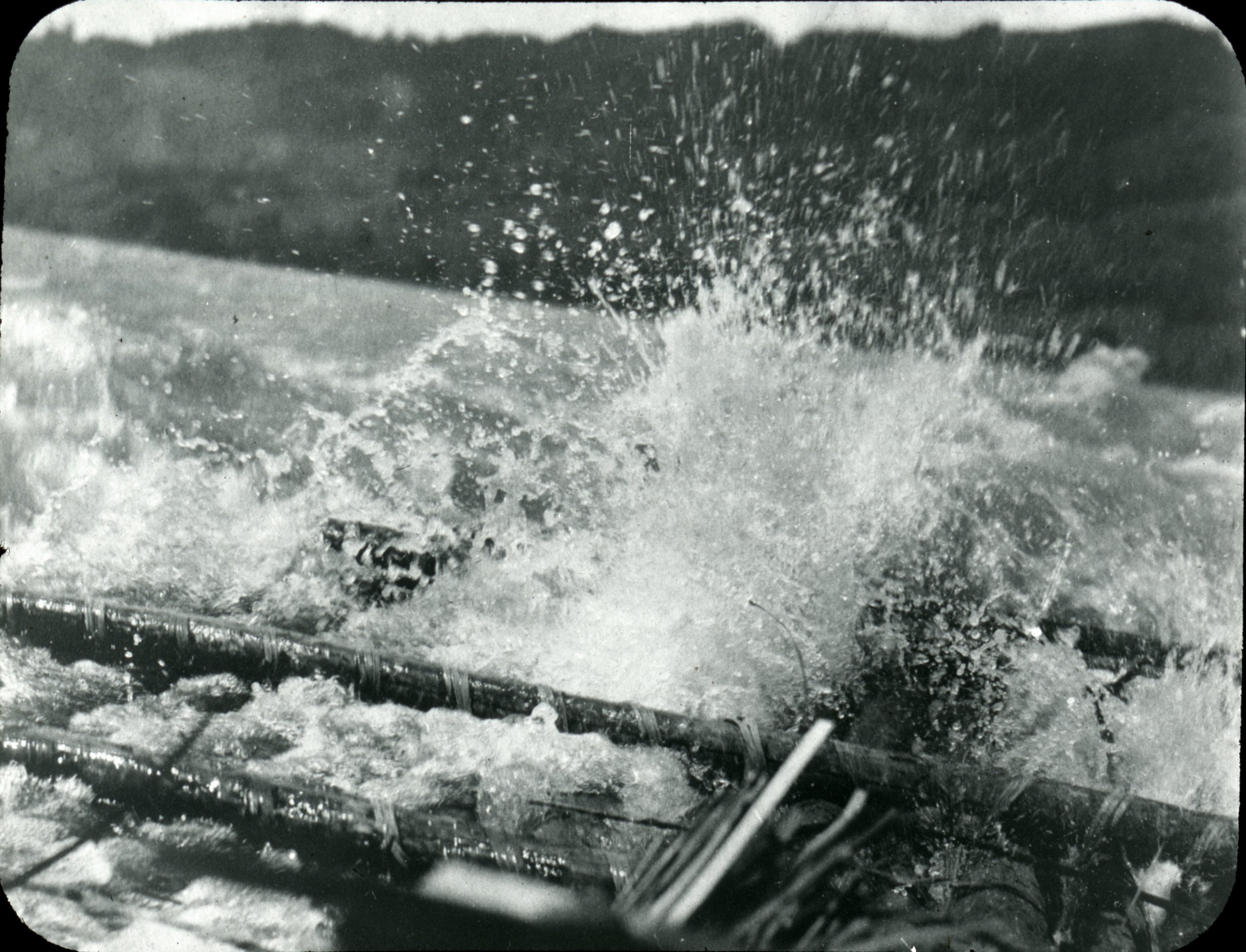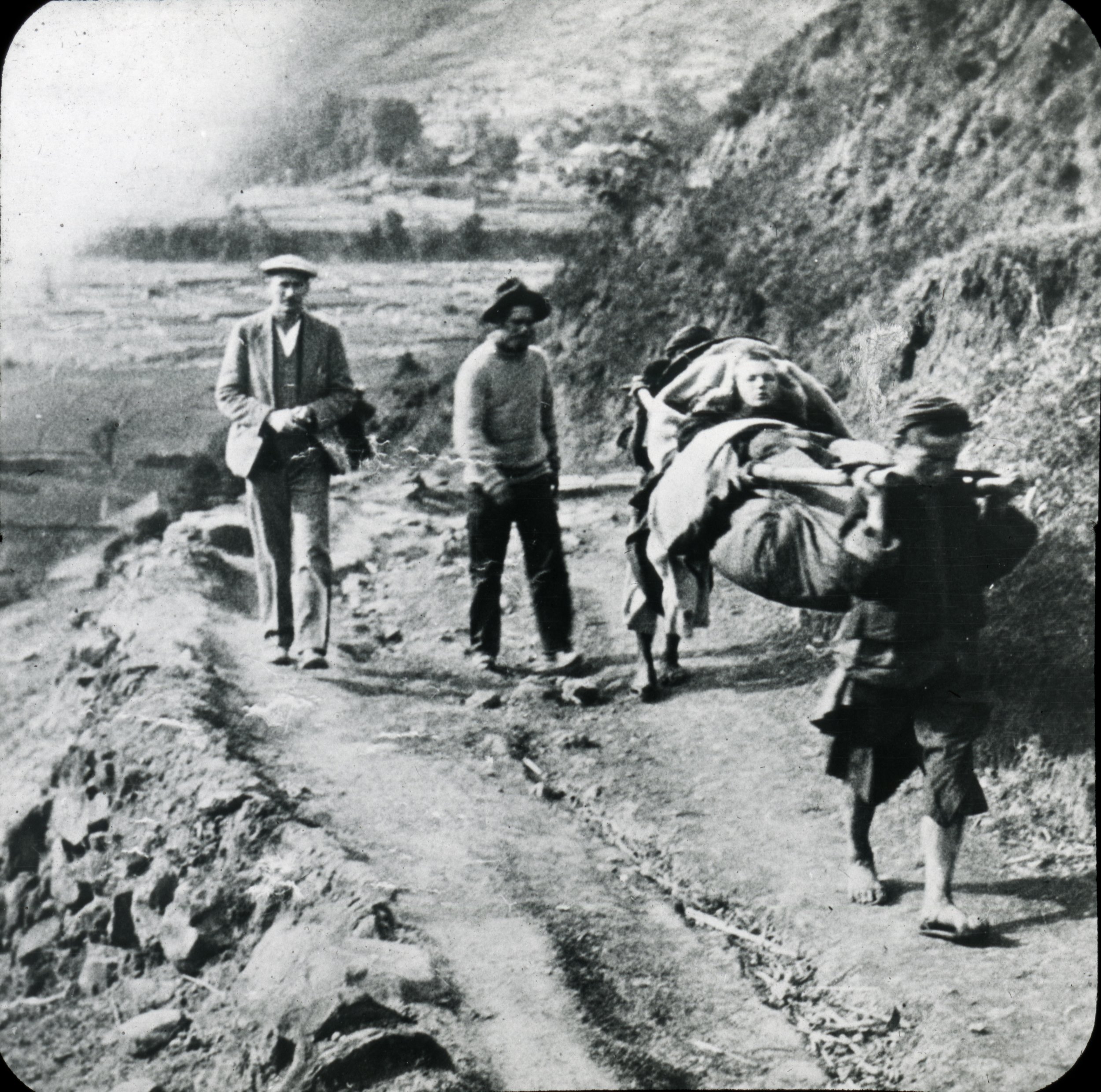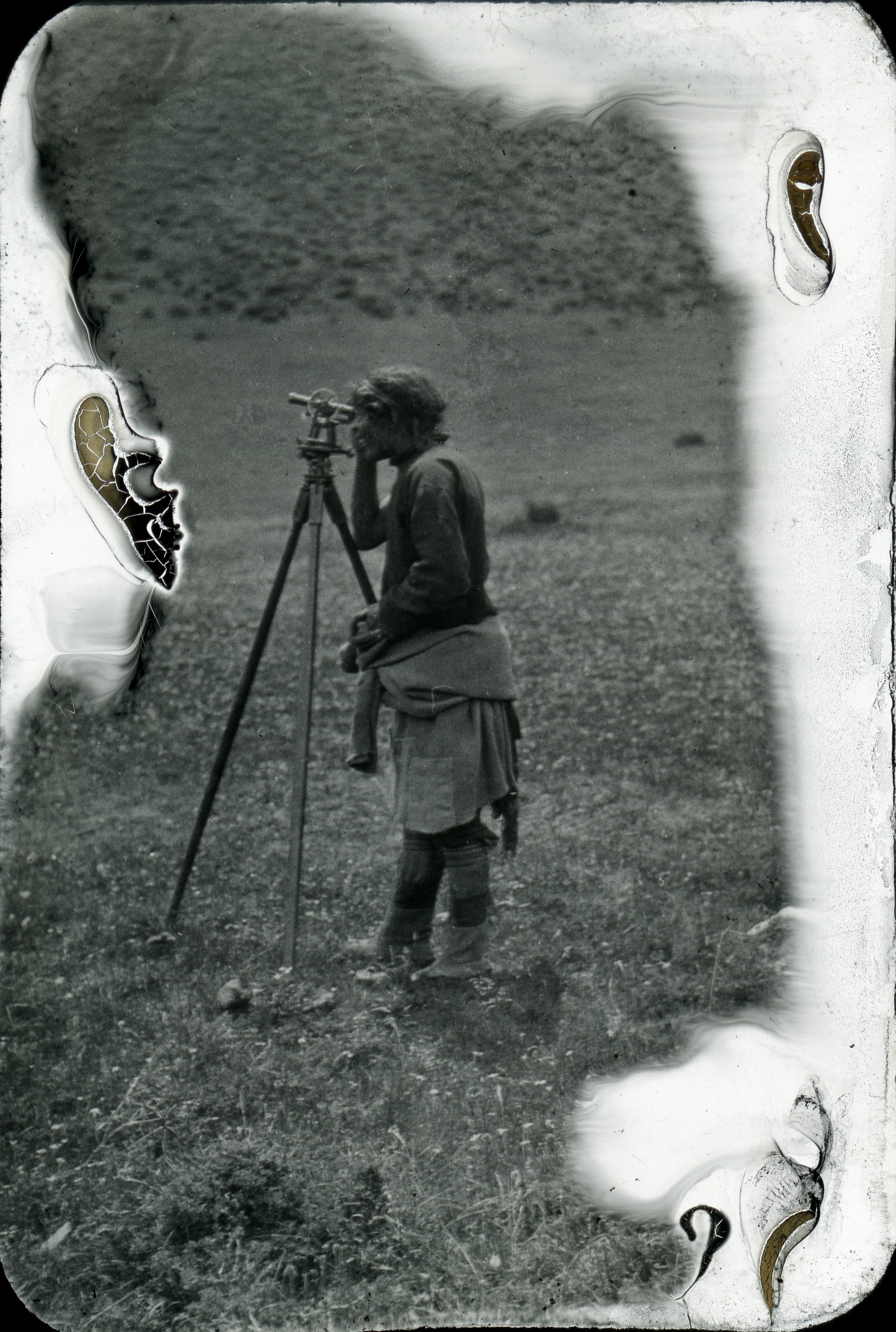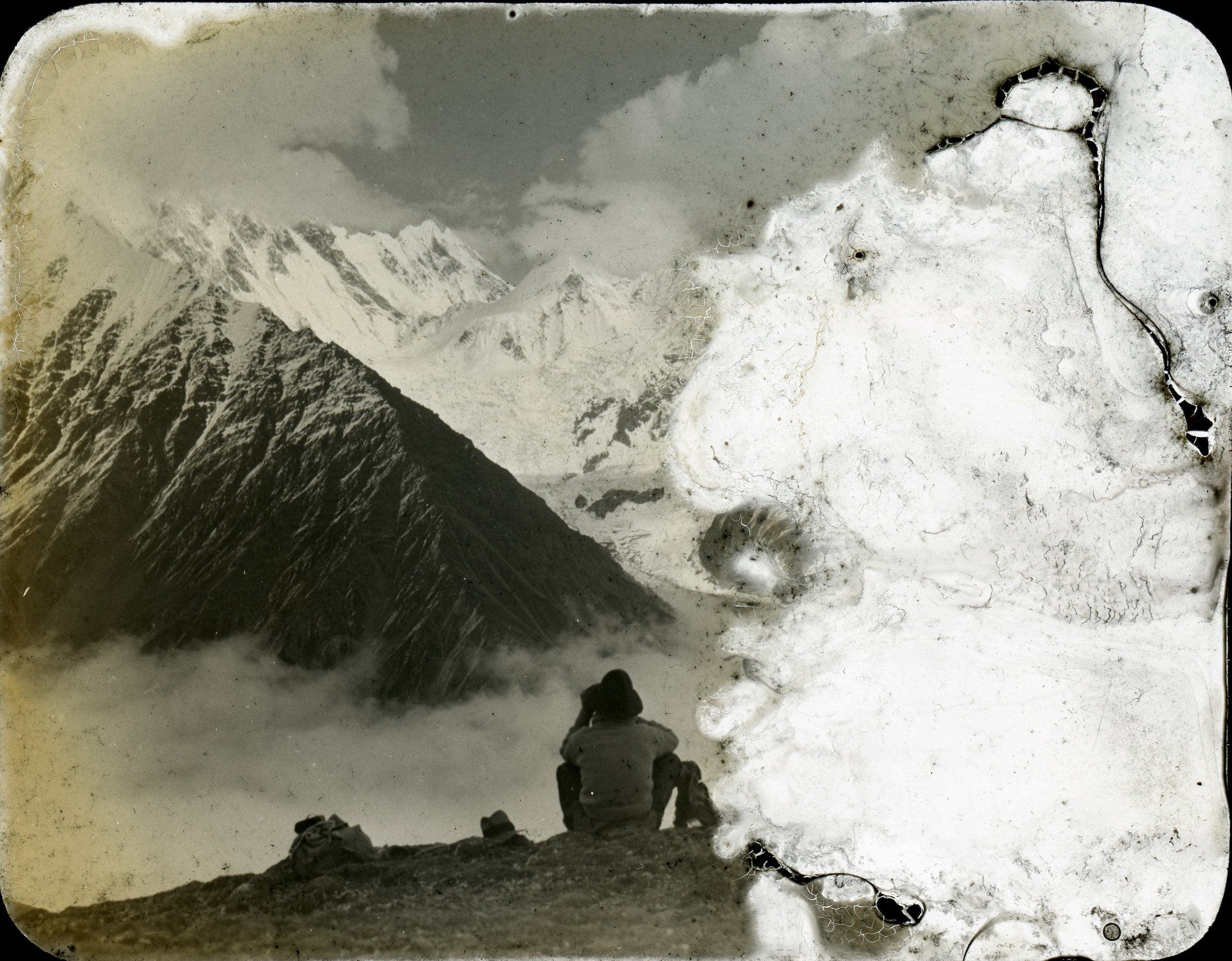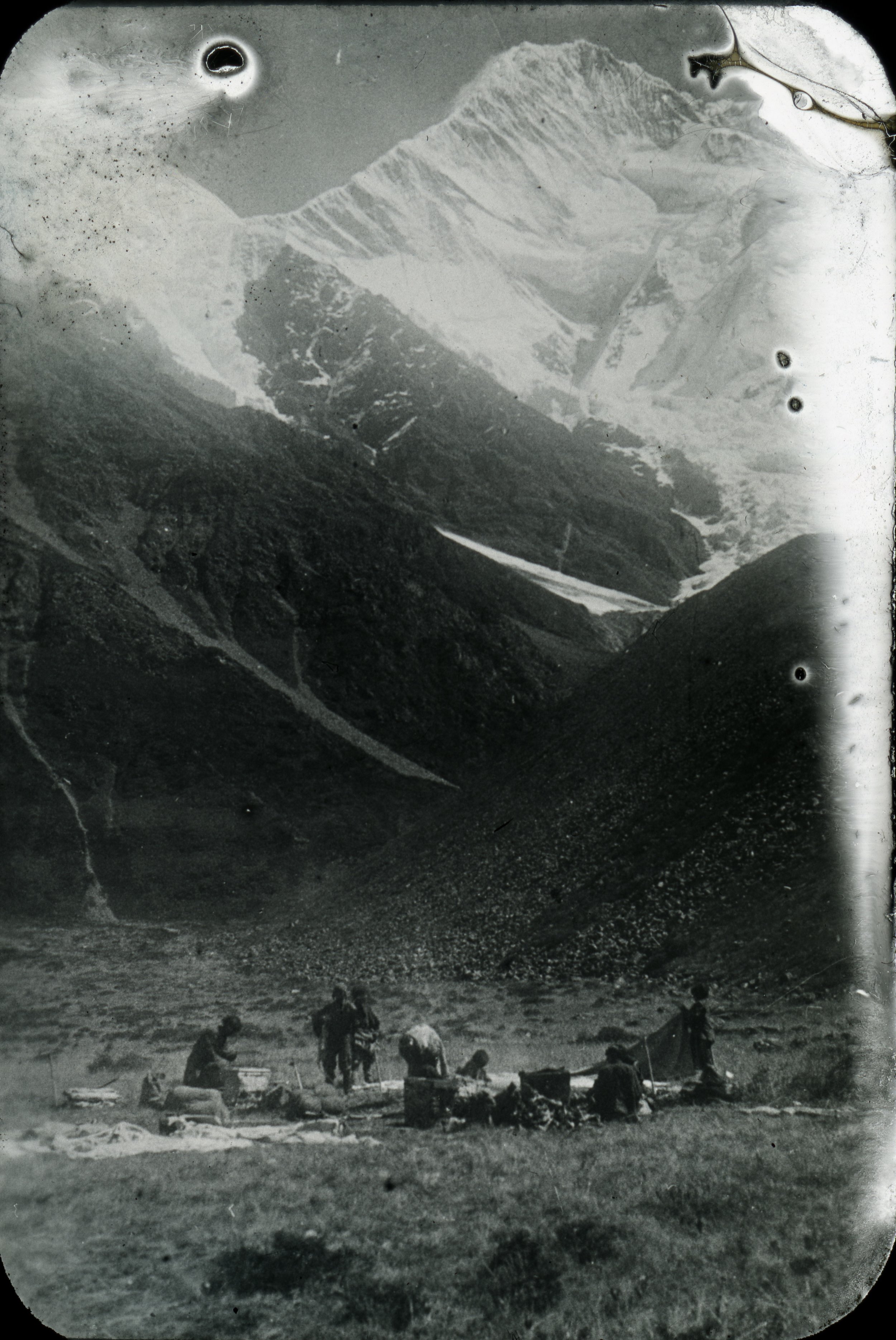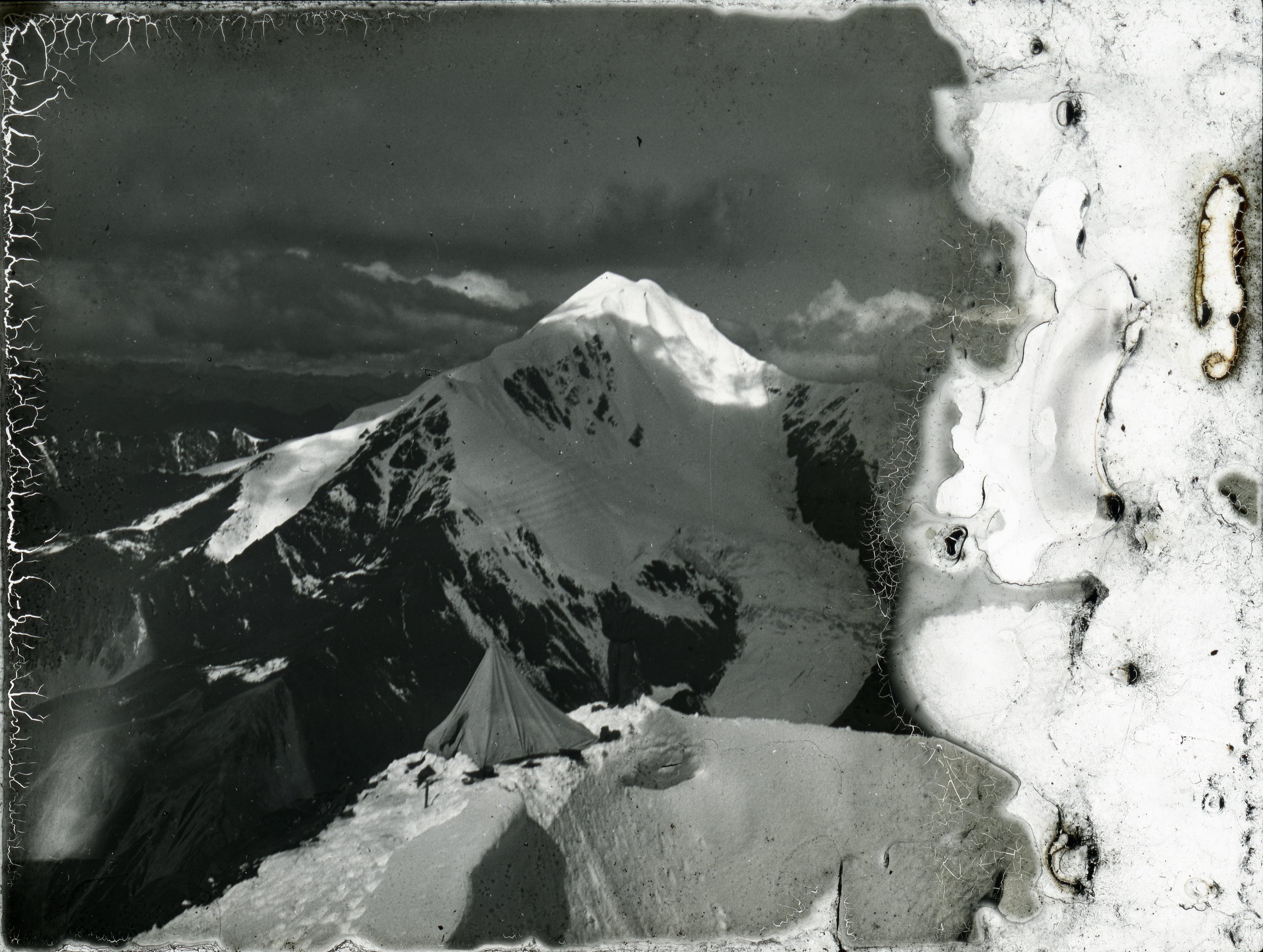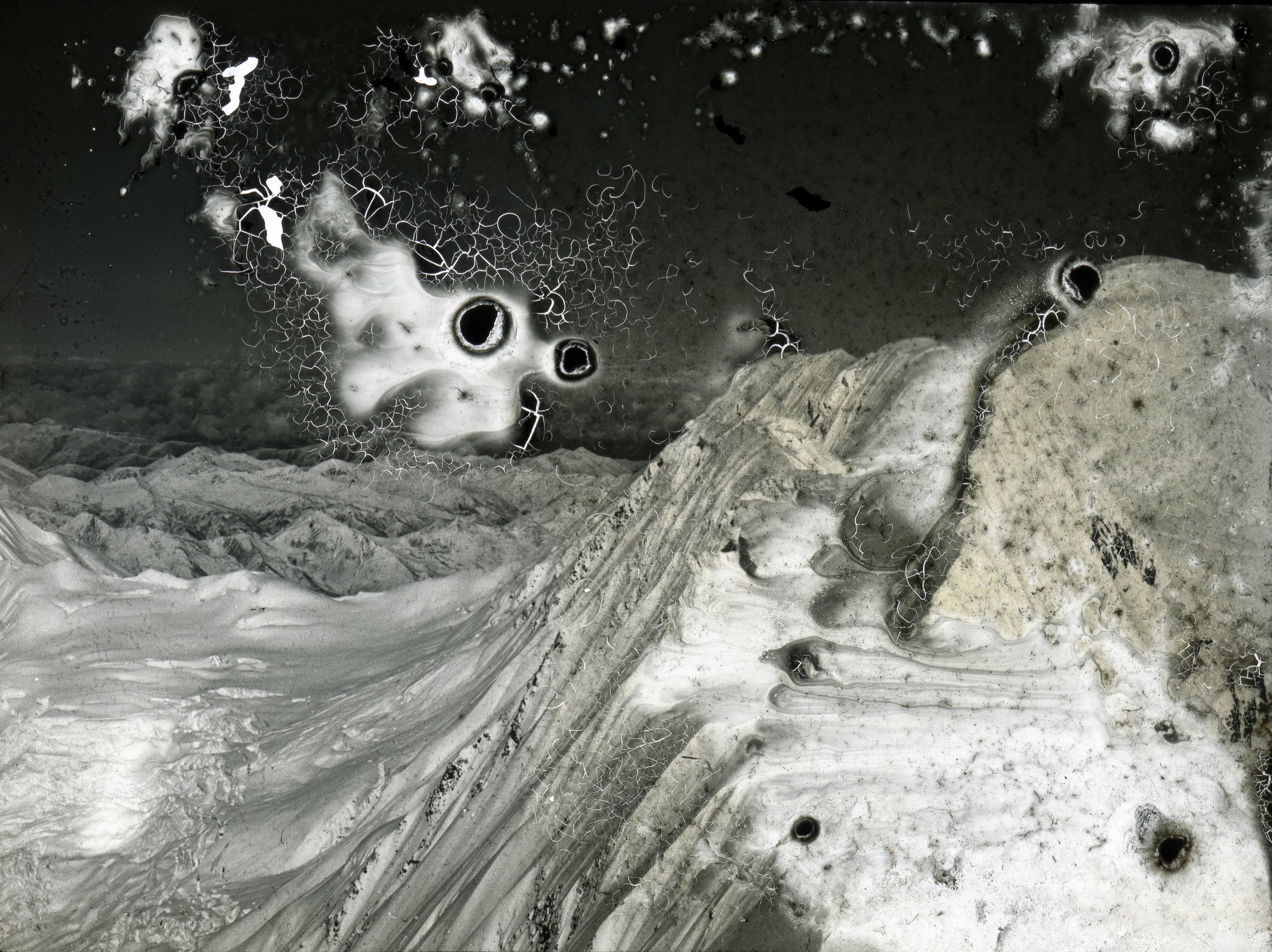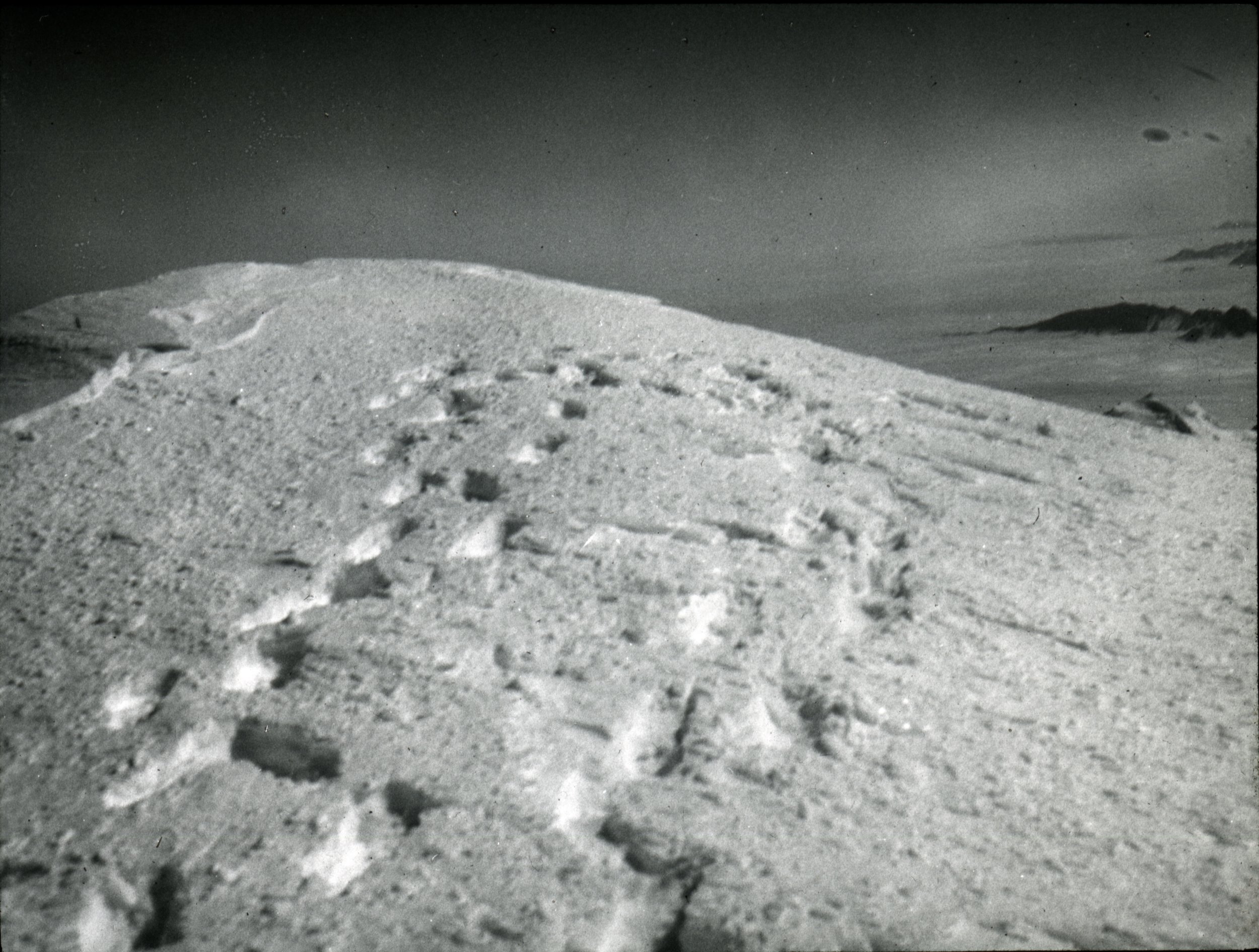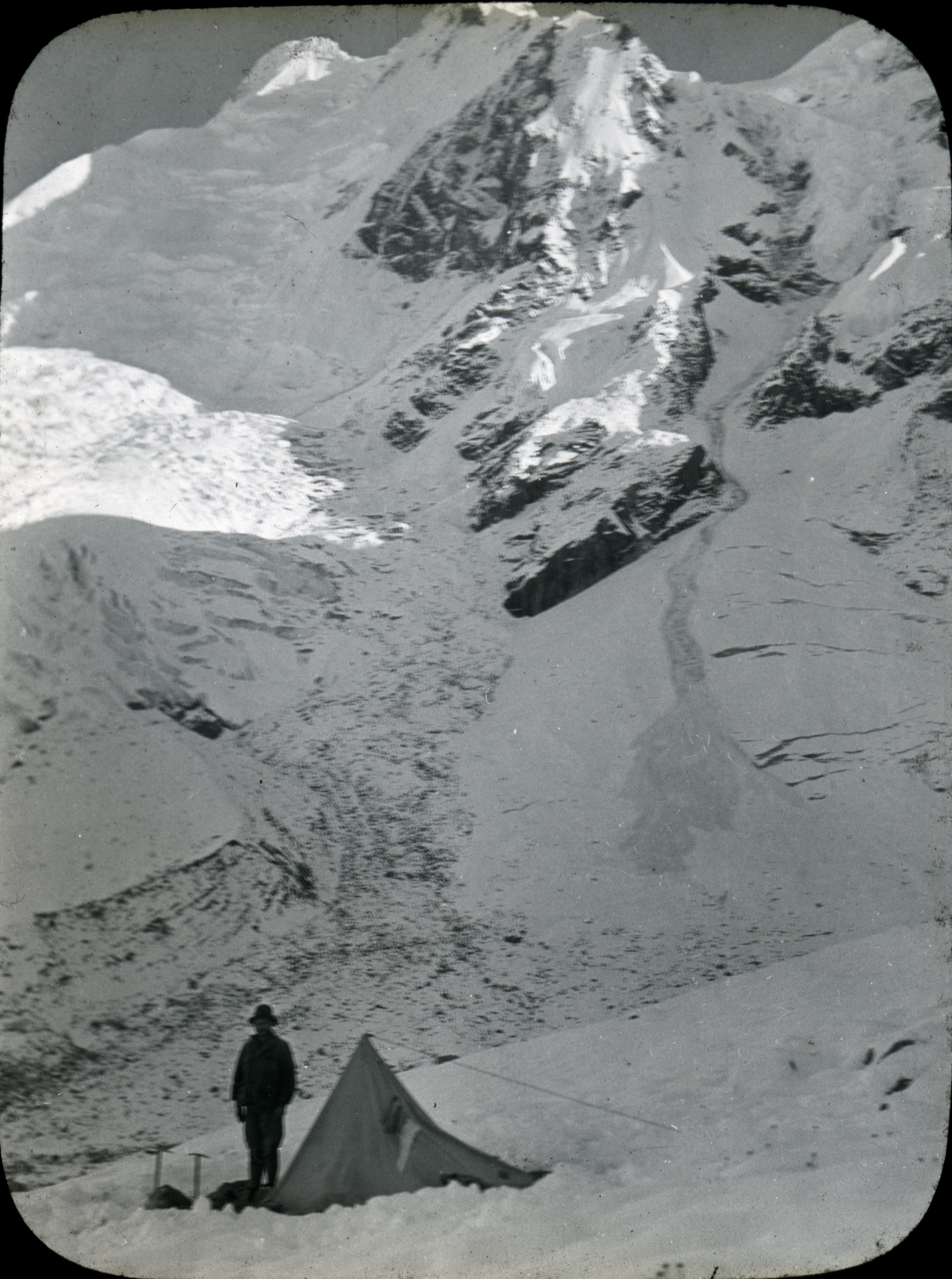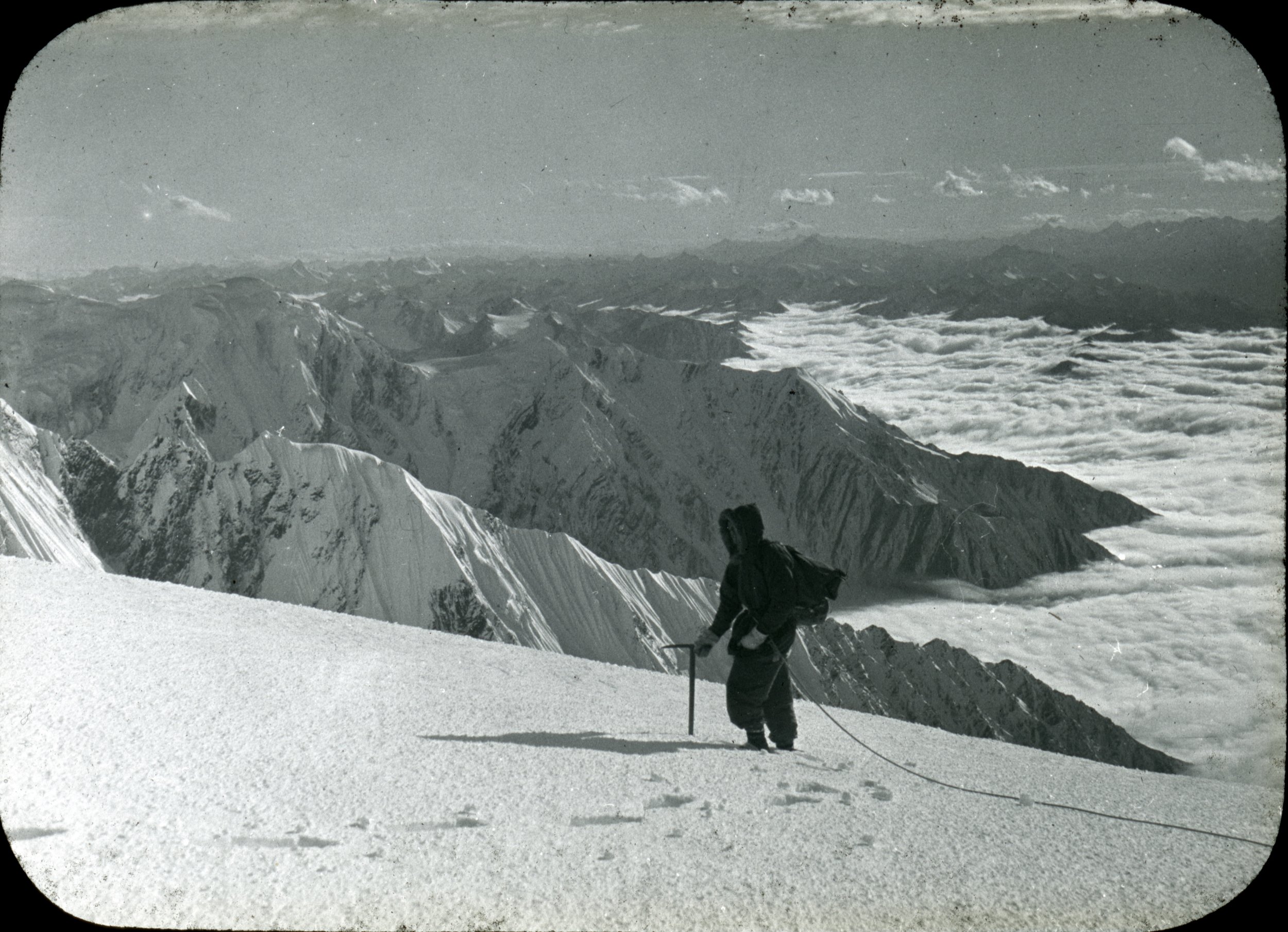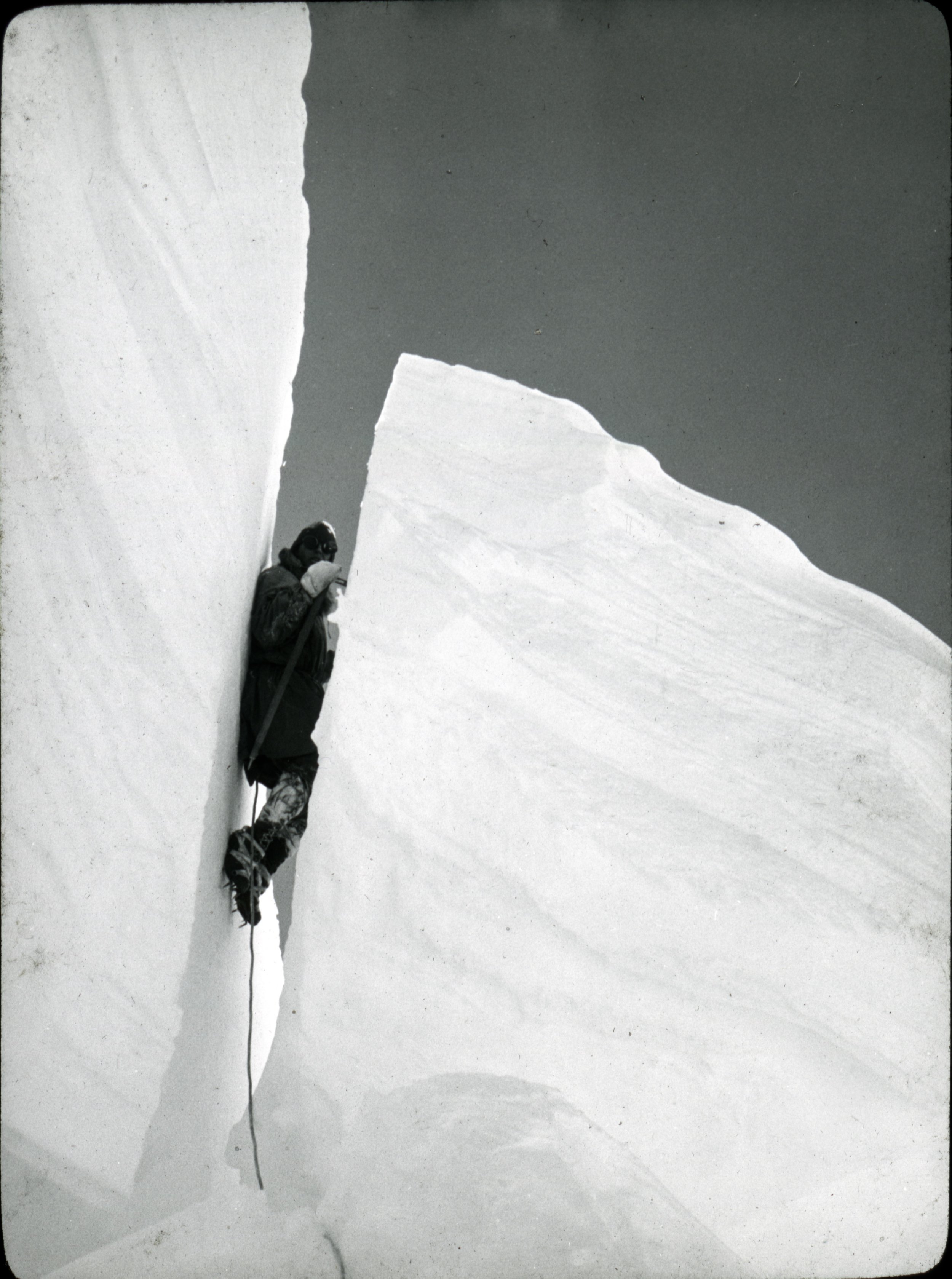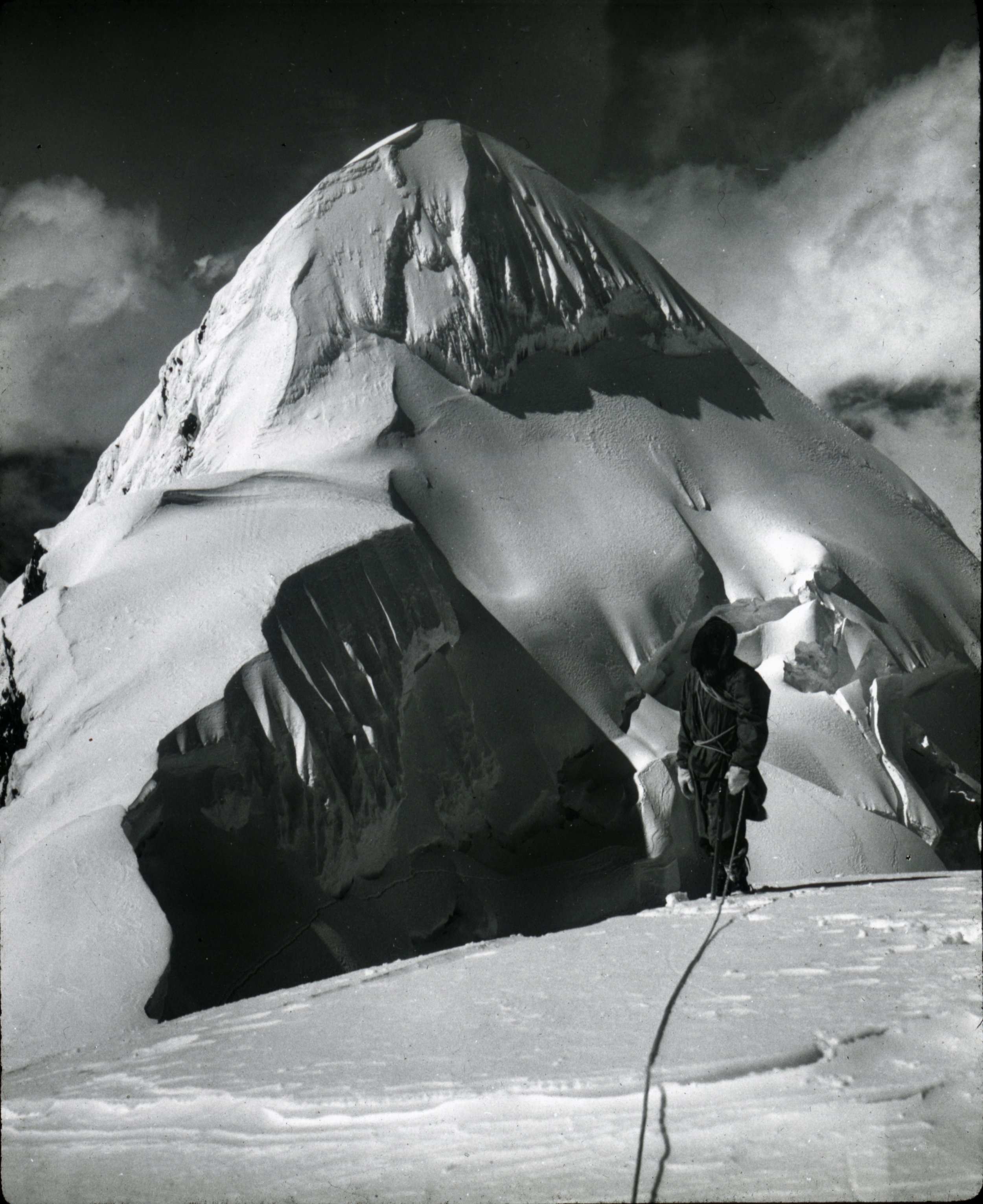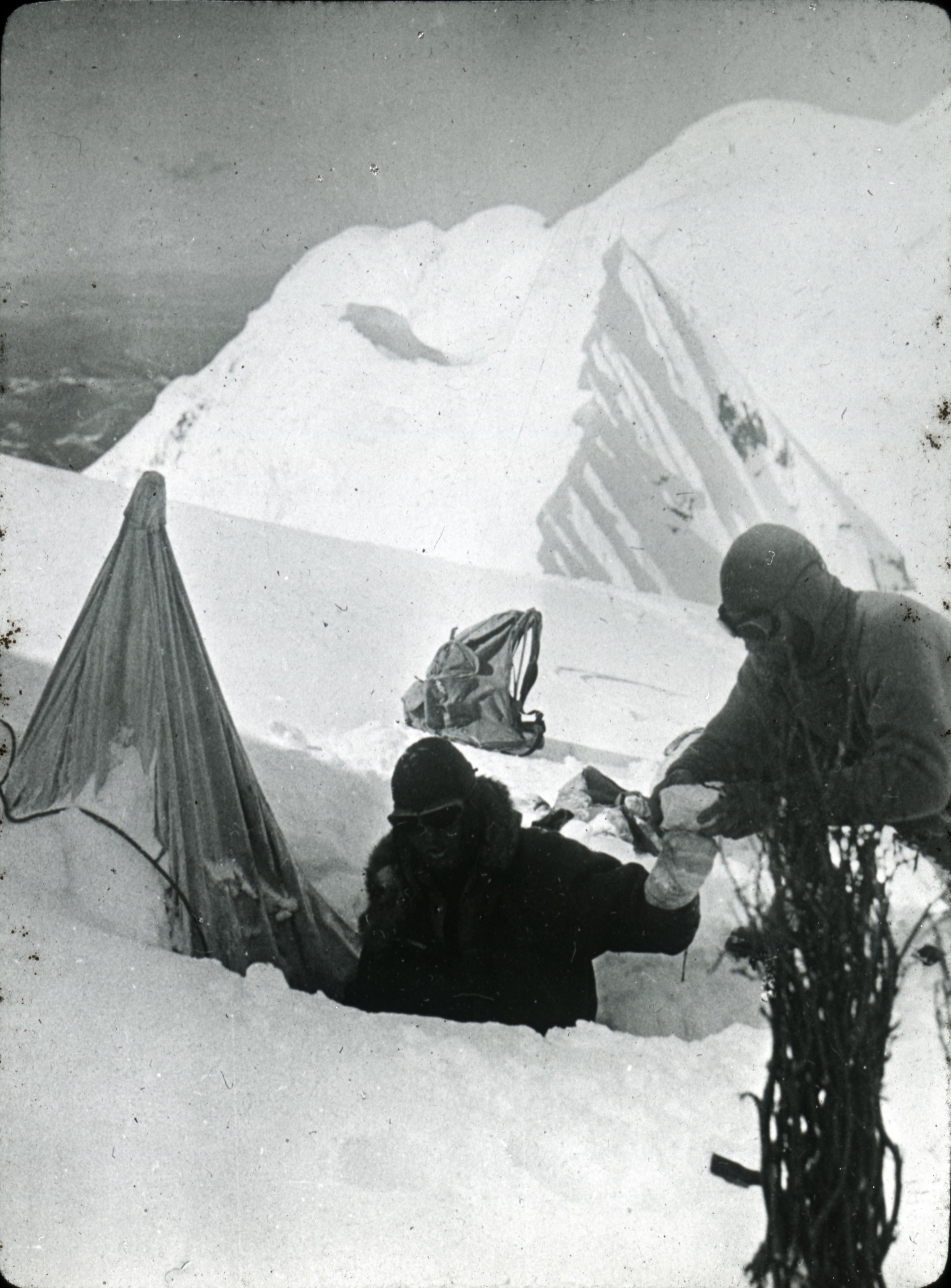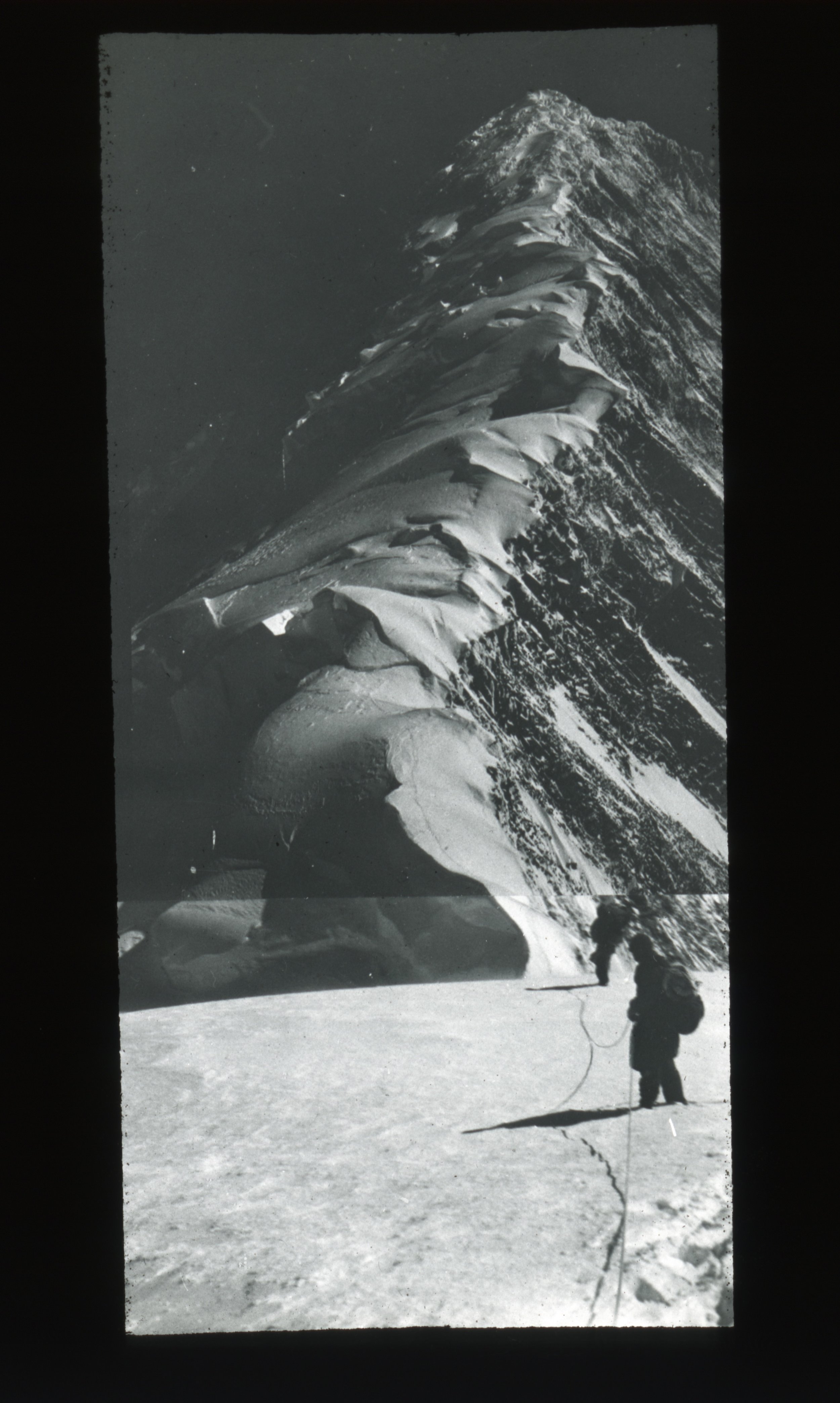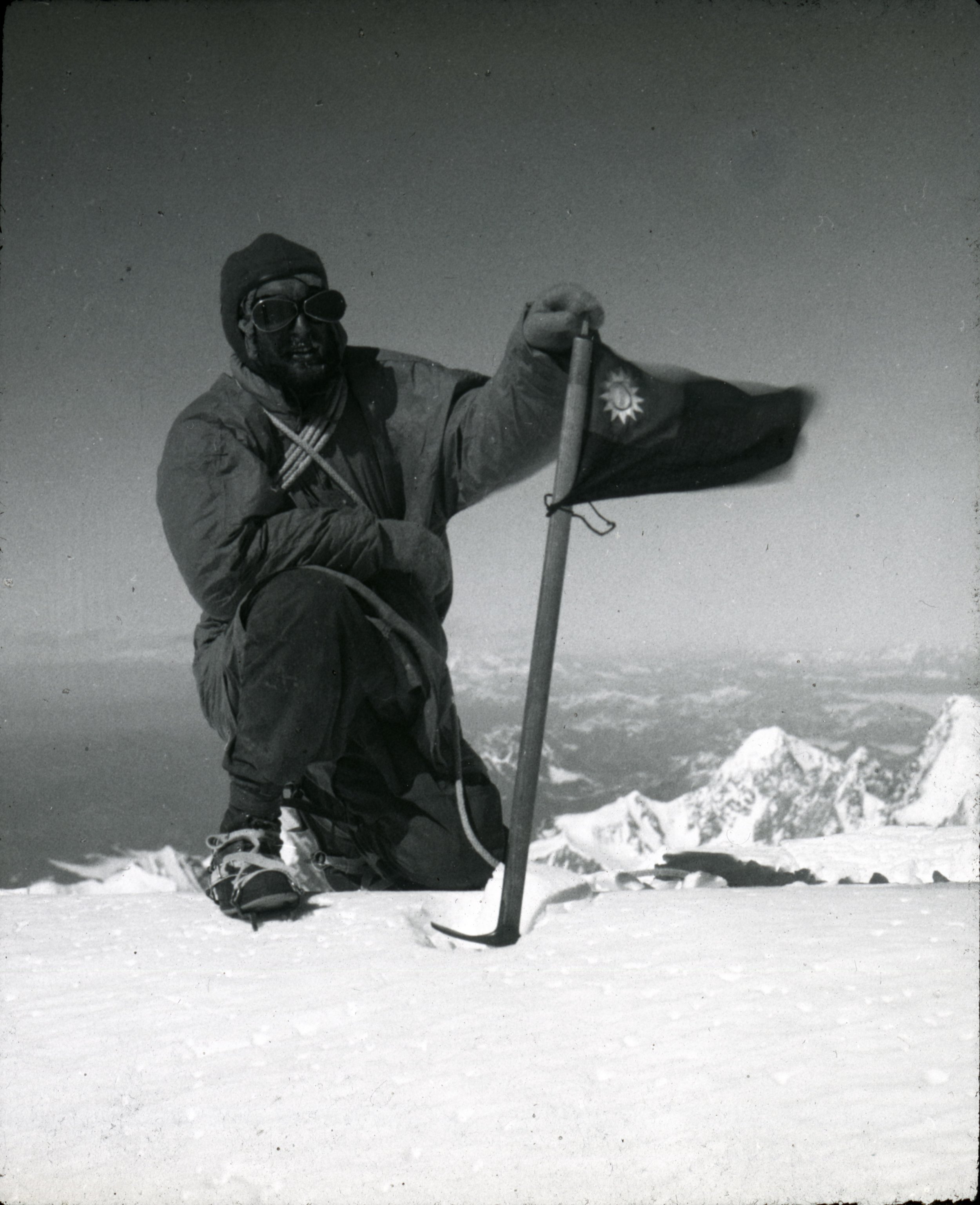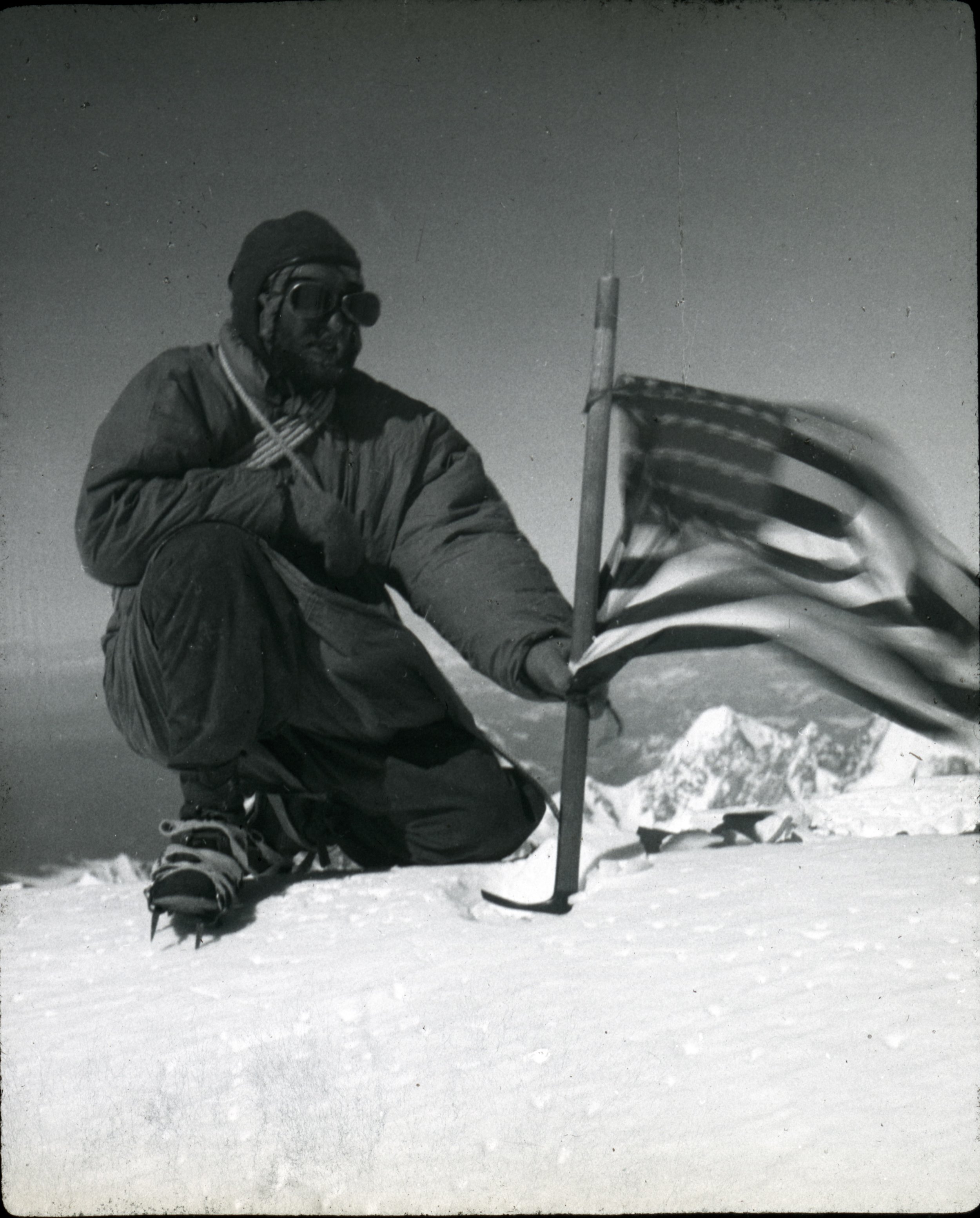Moon Rising over Zion National Park, UT. Photo Credit: Taylor Luneau.
Back in November, I went to Washington D.C. to represent the American Alpine Club (AAC) as their Policy Manager in the U.S. Congress. Together with member organizations of the Outdoor Alliance, including the Conservation Alliance, we visited congressional offices and lobbied for a variety of bills supporting human-powered outdoor recreation. Importantly, on our agenda was the “Public Lands Package” (S.47), which many of you may be very familiar with by now. If you’re not, you can take a look at the Outdoor Alliance’s webpage to get caught up.
As for that particulars, the Package includes a variety of important bills for people who love outdoor recreation, including reauthorizing the Land and Water Conservation Fund, and protecting places like the Mountains to Sound Greenway National Heritage Area, the Methow Valley, Emery County, and Oregon Wildlands. You can read the comment letter that the AAC co-signed to Sen. McConnell (R-KY) and Sen. Schumer (D-NY) voicing our support for the Public Lands Package below. The Package was set to pass with bipartisan support back in December, but fell short due to an objection from Sen. Mike Lee (R-UT) regarding the Antiquities Act.
The 116th Congress is finally up and running (following the longest government shutdown in the history of the U.S.!) we are hopeful that the Package will finally get approved. Sen. Murkowski (R-AK) has already re-introduced the Package in the Senate and we hope to see a vote on it in the coming week. If the Senate approves the Package, it will be a huge step towards protecting valuable public land assets well into the future.
Now is a critical time to make your voice heard on this issue. Please take a moment to write your lawmakers and let them know that climbers want the Public Lands Package passed. Fill out the form below to take action.
Taylor Luneau
AAC, Policy Manager

